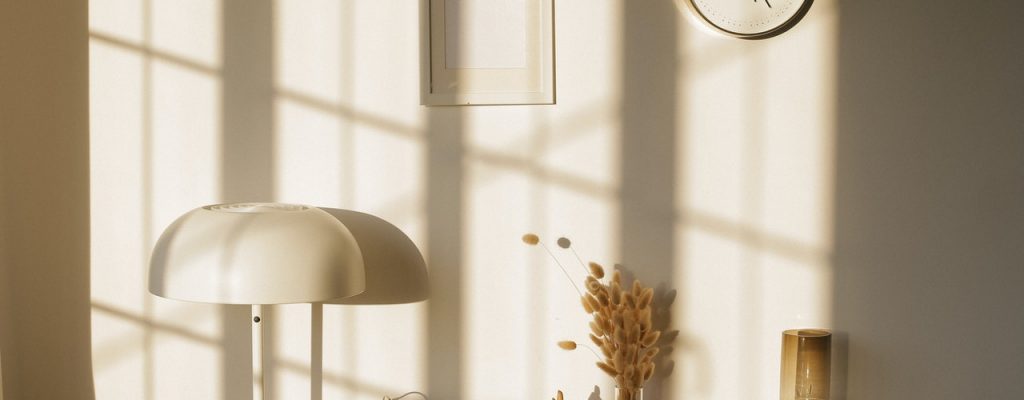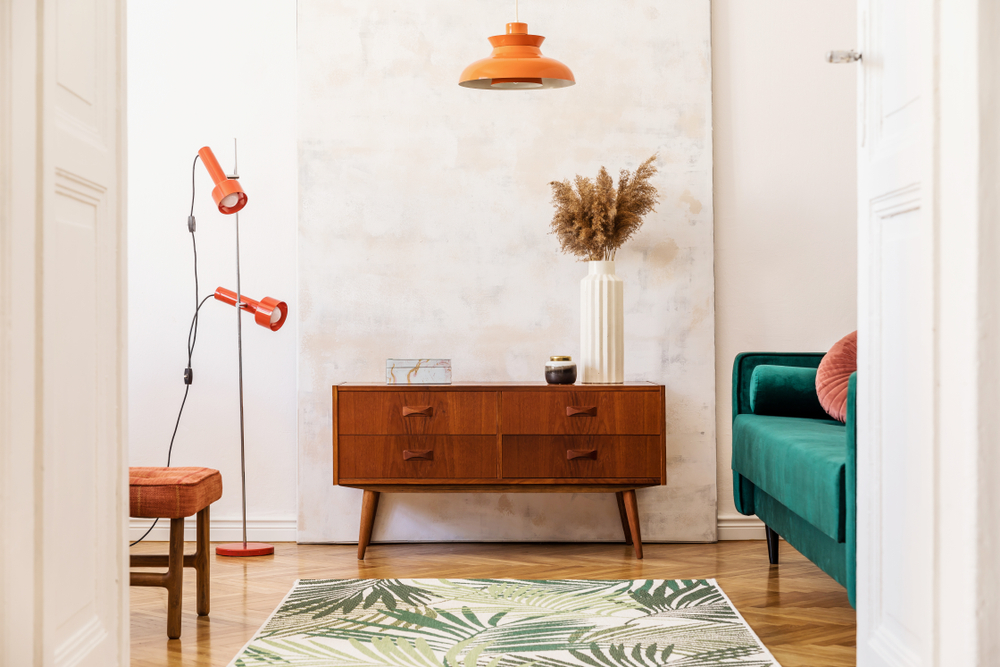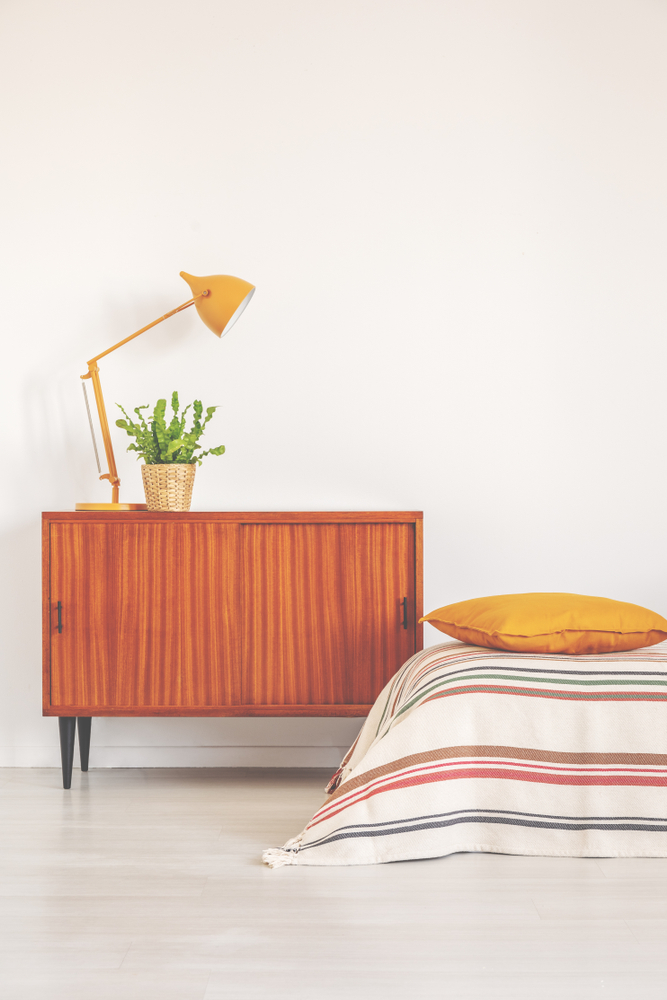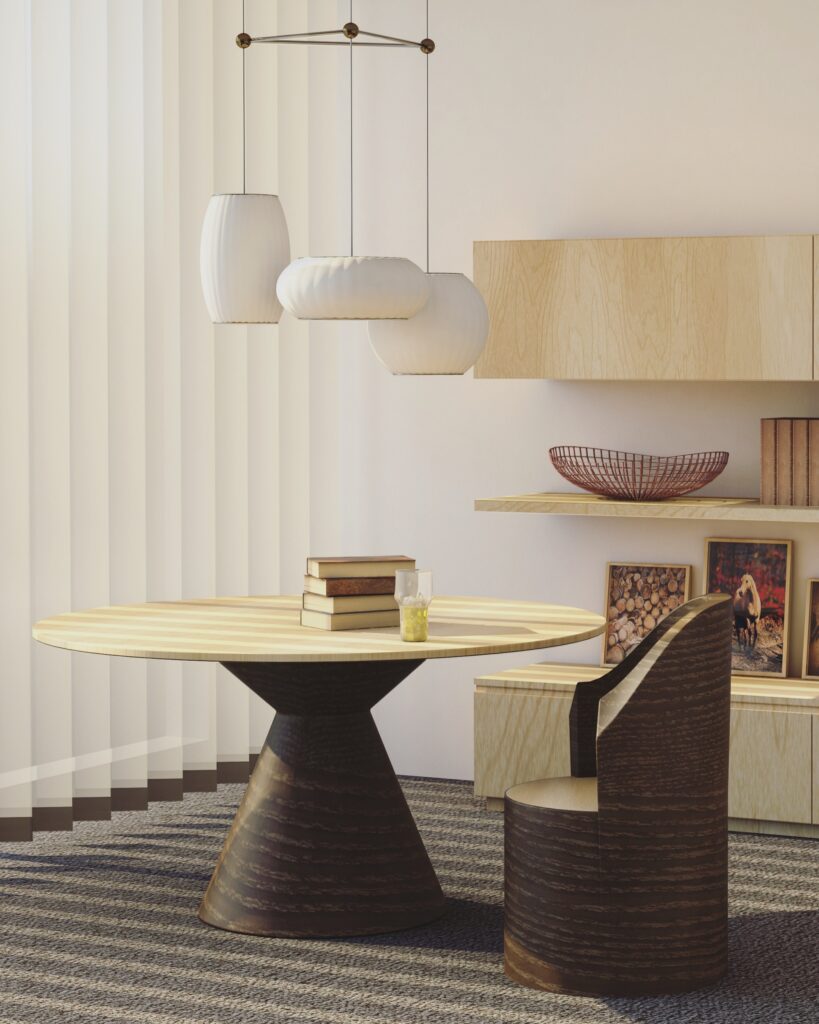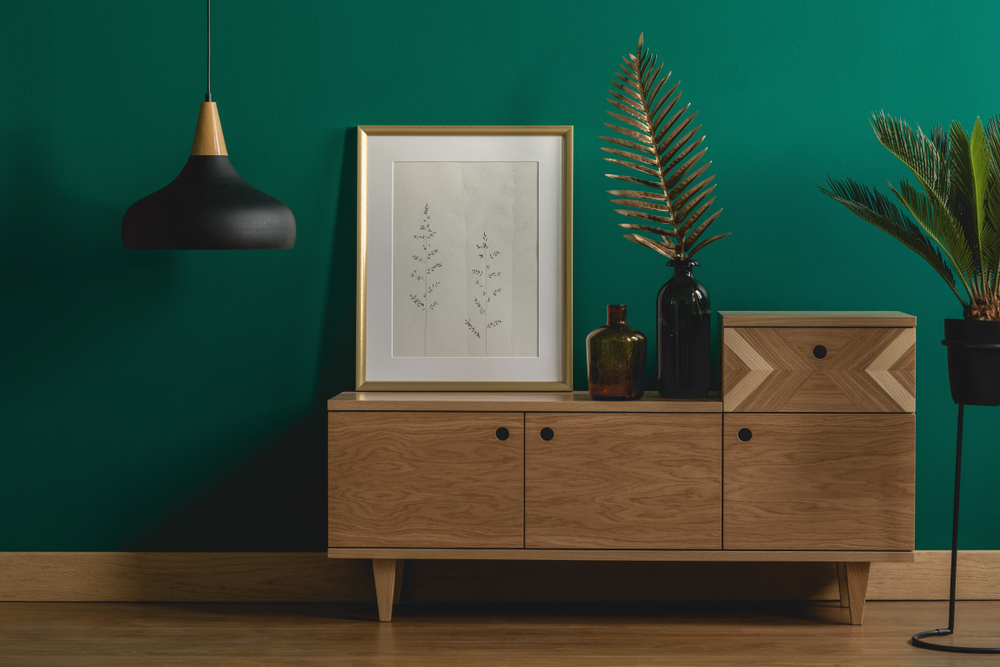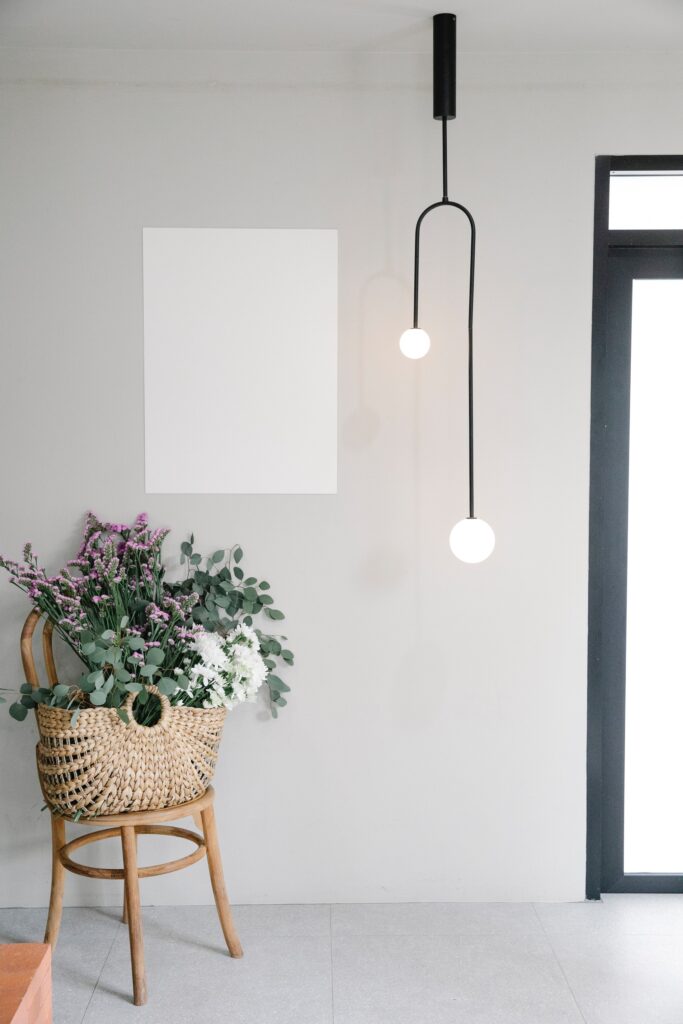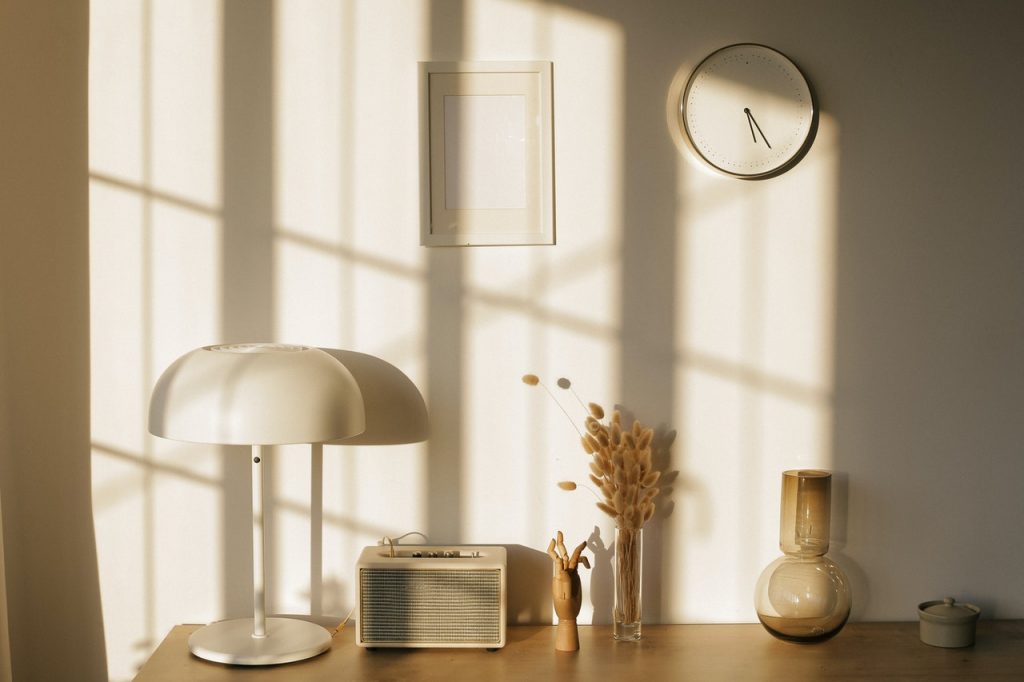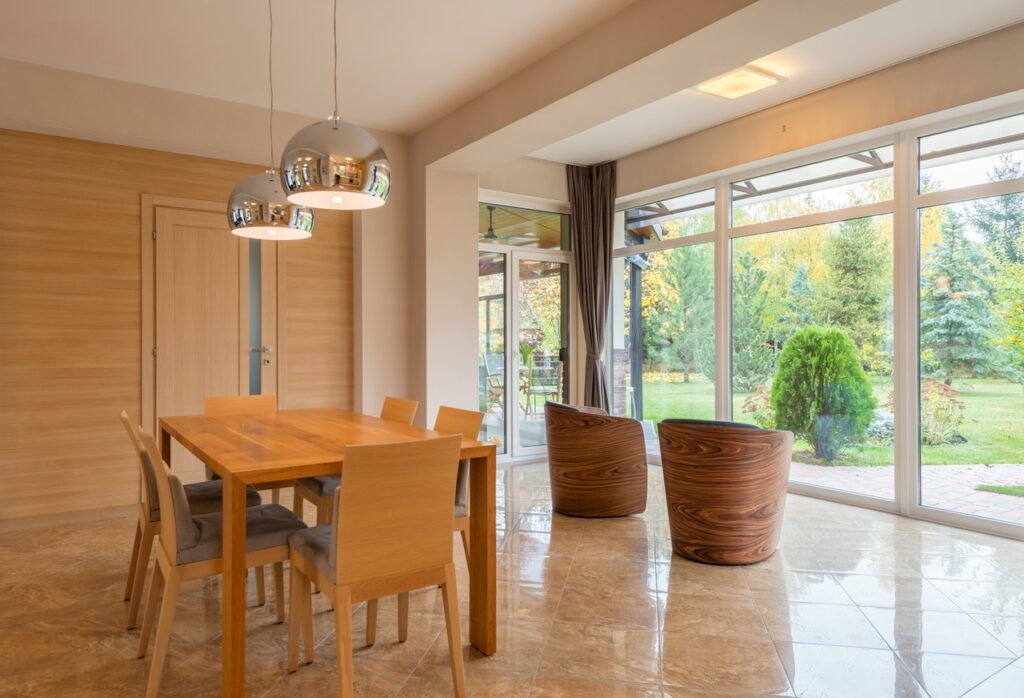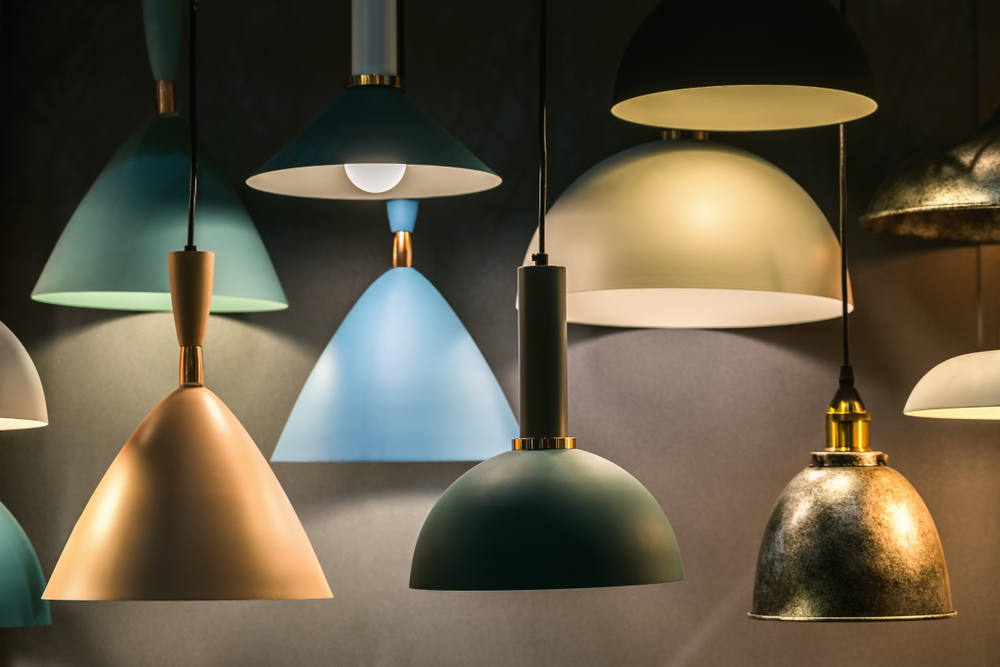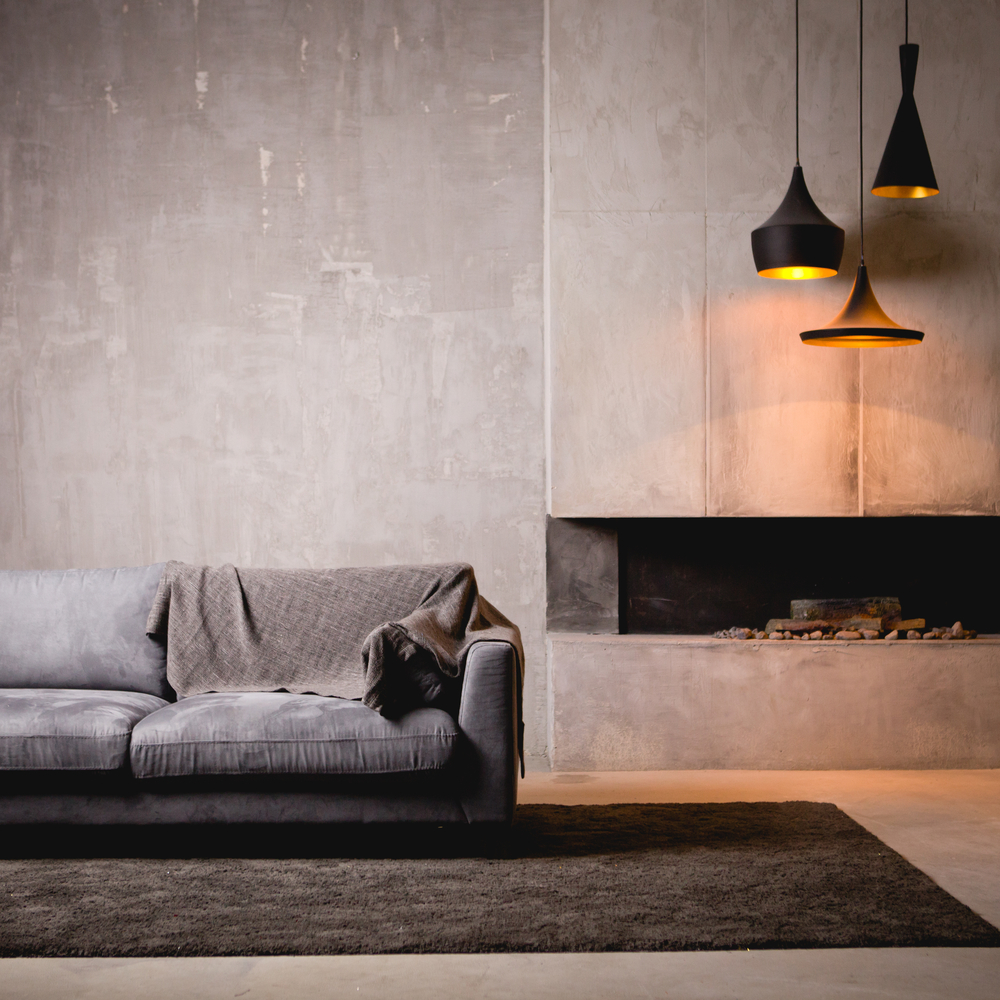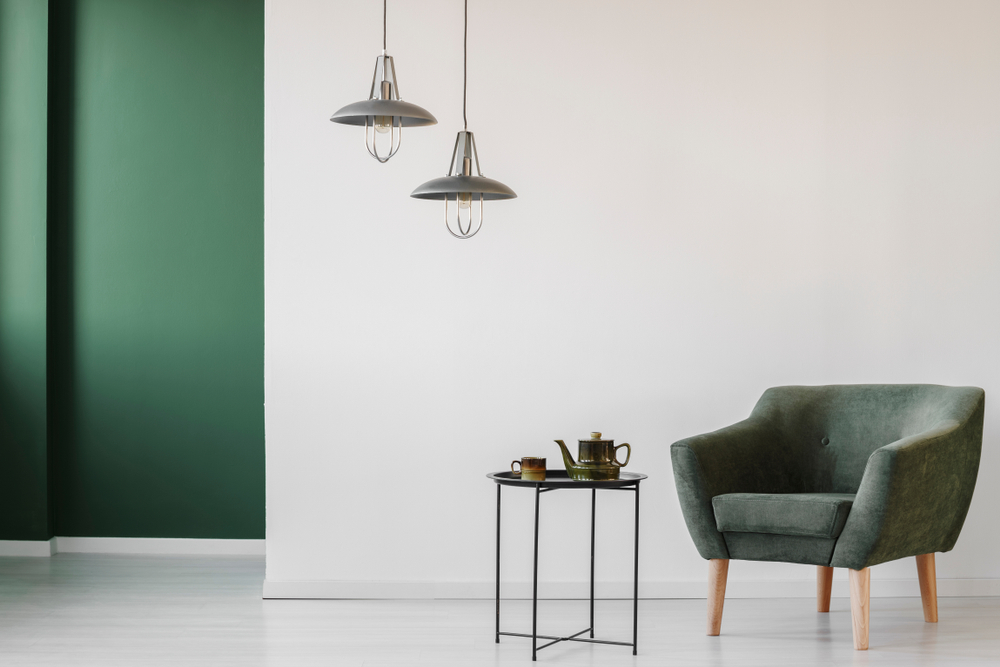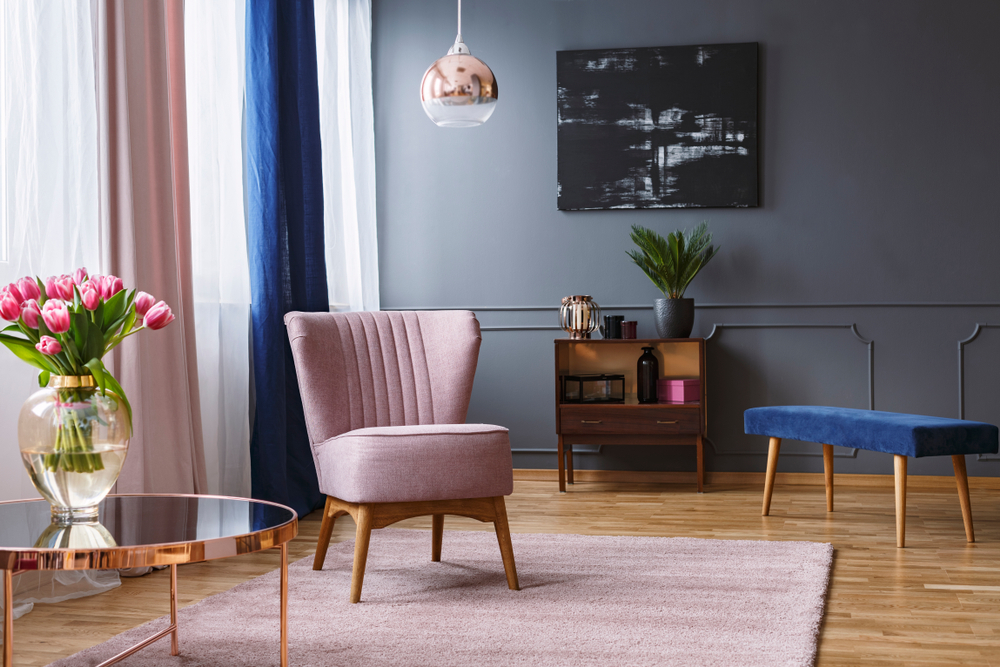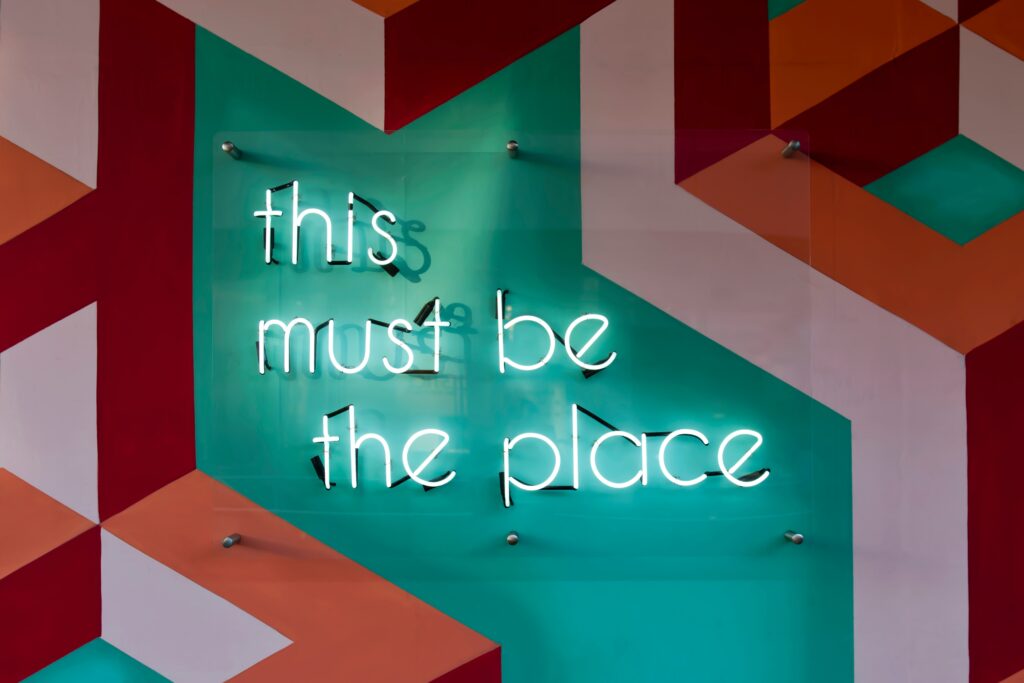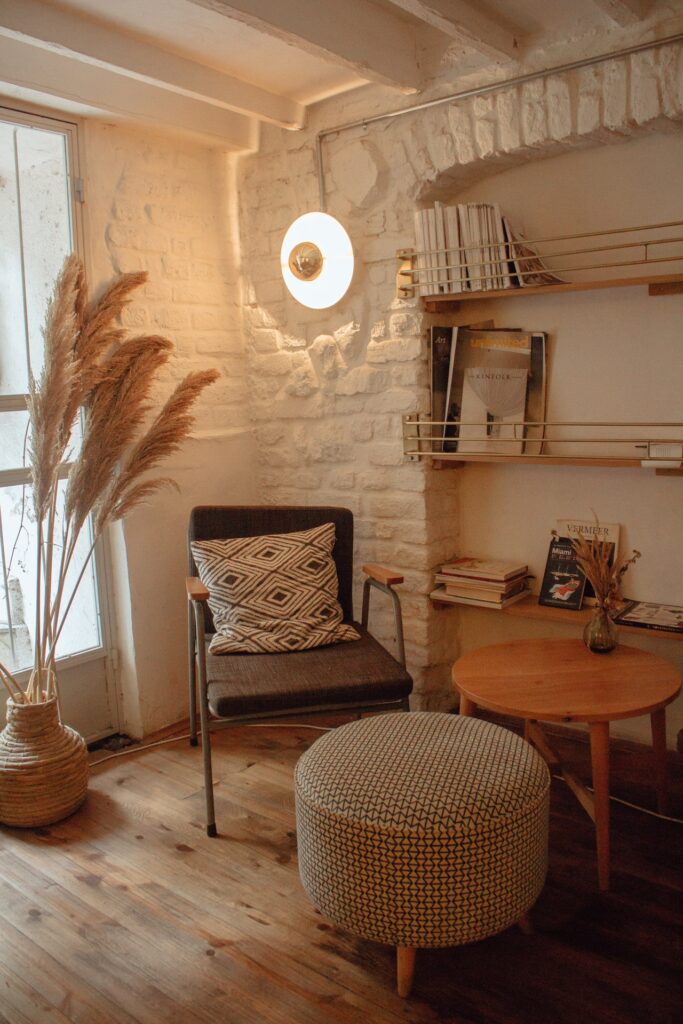Workspaces are optimized in many ways to ensure hard work and efficiency are taking place within them. However, one aspect that employers and workers alike often neglect, is the lighting in an office or working environment. It is actually quite simple to improve your focus at work by selecting the proper types of lighting for your specific space. Poor lighting can cause a strain on your eyes that you may not even notice day to day. However, insufficient lighting can cause issues like headaches, irritability, and visual fatigue, that affect your ability to concentrate on work and negatively affect productivity. There are a variety of simple solutions that can help you improve your focus at work and optimize efficiency without changing any other habits other than the lights surrounding you! Lighting color, distance, and position can all be adjusted to optimize focus based on your work atmosphere.
We have broken these tips into the 3 types of light you should be aware of in your work environment. When you are aware of these types of lights and the way they affect your productivity, you can optimize them to improve your focus at work. So let’s cut right to it!
3 Types of Light to Improve Your Focus at Work:
#1: Natural Light

Natural daylight is the best kind of light you can have during a workday or while trying to focus on a task. In an office or home, this often comes in the form of sufficient windows and skylights.
Color temperature is a great way to tell the difference between the appearance of light coming from different fixtures versus the outdoors. Color temperature is measured in Kelvin and ranges from warm white lights which are cozy and relaxing (2000-3000K), up to daylight which is cool, crisp, and energizing (4600-6500K). These higher color temperatures reach their peak naturally at around noon and actually have a larger impact on mental activity, alertness, and the central nervous system. This range of cooler light temperature 5000K+ is great for working because it is bright and invigorating without putting a strain on your eyes.
However, because most offices do not have proper natural lighting, and those that do find it hard to ensure this light is consistent throughout the year and at different times of the day, offices cannot rely solely on having impressive natural lighting. If you are hoping to improve your focus at work, take note or how much natural light you get and follow these tips to supplement with additional types throughout the day:
#2: Cool LED Lighting

When natural light is harder to come by, there are some lights better at mimicking its beneficial effects than others. Bright white LED light can improve your focus at work the same way that natural lighting can. Most obviously, artificial light is crucial in making vision more clear in a work environment where you’re switching from something that many be easier to see like a computer screen, to a plain, unlit piece of paper. However, choosing bright artificial lighting with cooler color temperatures can imposter natural light in a way that also keeps your circadian rhythm on track and ensures you are alert during the middle of the day when you need to perform at your best.
You see, the amount of blue light emitted from a fixture increases as the color temperature does. So when we talk about cooler light, we’re referring to lights that are 5000K+, also sometimes referred to as blue light. If you’ve heard of blue light as being negative, it’s likely because of its ability to keep you from sleeping at night. This is because your body is not meant to want to sleep in the middle of the day when the light outside is at this color temperature. While blue light isn’t good right before bed because it stimulates alertness and reduces drowsiness, that is exactly what makes it great for improving focus!
So how do you apply this to your workspace? To give your body the perception of daylight and keep your brain alert and high-functioning, we suggest choosing overhead lighting that is higher than 5000K. Your overhead lighting should also disperse light evenly throughout the space to ensure you’re not straining your eyes from switching for one brightness to another. If you have direct control over your lighting in say a home office, we suggest installing a light dimmer so that you can bring down the brightness when you are getting it from other sources (daylight or a computer screen).
This type of light is one that you are able to have more control over than the natural light you get in your workspace. However, often times in a work environment, you do not have complete control over the types of overhead lighting in your space. While there are many reasons for office spaces to switch to LED lighting, it’s often out of your hands. Therefore, once again, it’s important for you to take note of the balance of natural and overhead light you do have access to and learn how to make your own adjustments where you can, to improve your focus at work.
#3: Task Lighting
Finally, if you’ve found that the previously mentioned light sources are out of your control, task lighting is the kind that you can actually go to the store today and purchase to help improve concentration in your workspace. We’re talking, desk lamps, swing arm overhead spots, wall-mounted lights, under-cabinet lighting, table lamps, and even book lights. No matter what you’re working on, there’s a task light that can be tailored to your activity to ensure your lighting is doing as much to help you get the job done as possible.
Tips for task lighting include paying attention to where you are placing your fixture. You most often want your lighting to come from behind you without any visual disruptions from other things. Take into consideration if you are right or left handed so that your arm is not casting a shadow upon your work. If you are older you may want to look for a brighter lamp. However, if you work solely on a computer, a consistent low level light is better to not strain your eyes. Make sure your task lighting covers your entire workspace, again, so you are not switching from one brightness to another. LED task lights are great for this because they tend to have the most controlled beams of light.
—————————
The perfect lighting balance can sometimes be hard to find on your own. Maybe you are unsure of how to apply this balance to your workspace when you can only control one type of lighting. Or maybe you’re more stressed about designing a new space from scratch, unsure of how to best optimize it to improve your focus and efficiency. Whatever your situation is, professionals at Hobrecht Lighting are more than happy to help. From suggesting different color temperatures for different home and office spaces, to customizing lighting solutions for every type of person, we care about far more than beautiful lighting. We care about how it works to improve your everyday life.
About Us
Based on the Danish concept of “hygge”, the idea that coziness and comfort lead to contentment and total well-being, we recognize the ways in which lighting can impact our everyday lives. Hobrecht Lighting creates lighting systems that noticeably improve safety and wellness in your home by improving sensory experiences, reducing visual strain, and enhancing visibility.
At Hobrecht Lighting, we utilize different colors, brightness levels and angles of lighting at different times of the day to mock the natural light cycle. Ultimately, we are excited to show you how this can make your space more welcoming, cozy, and joy-filled for you and your family.

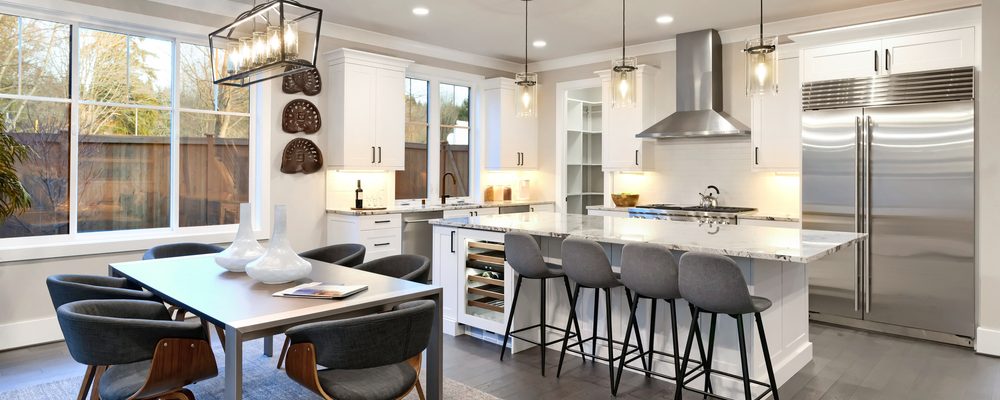
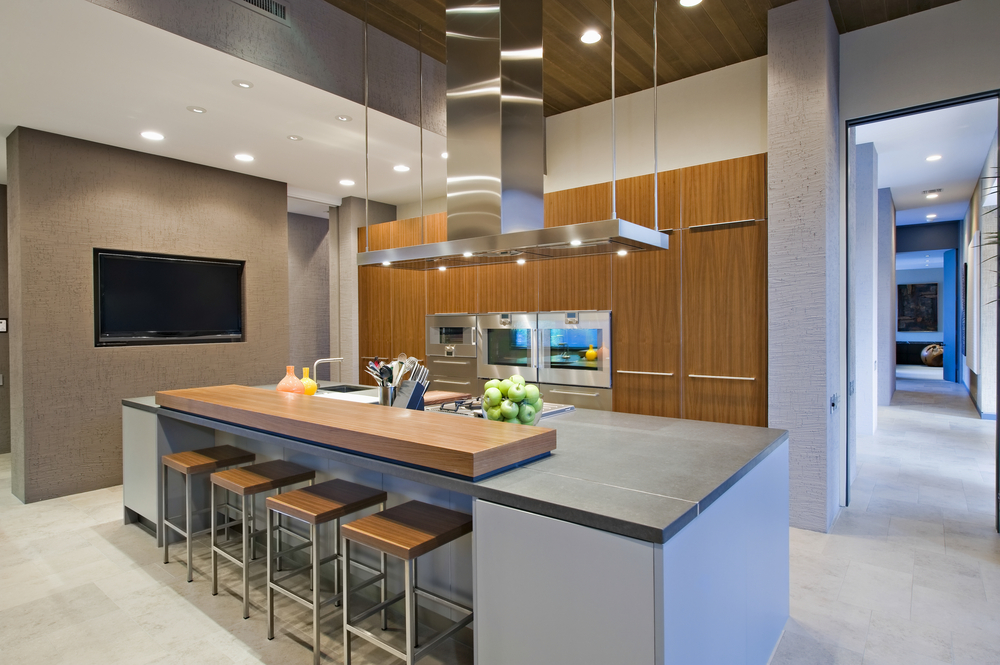
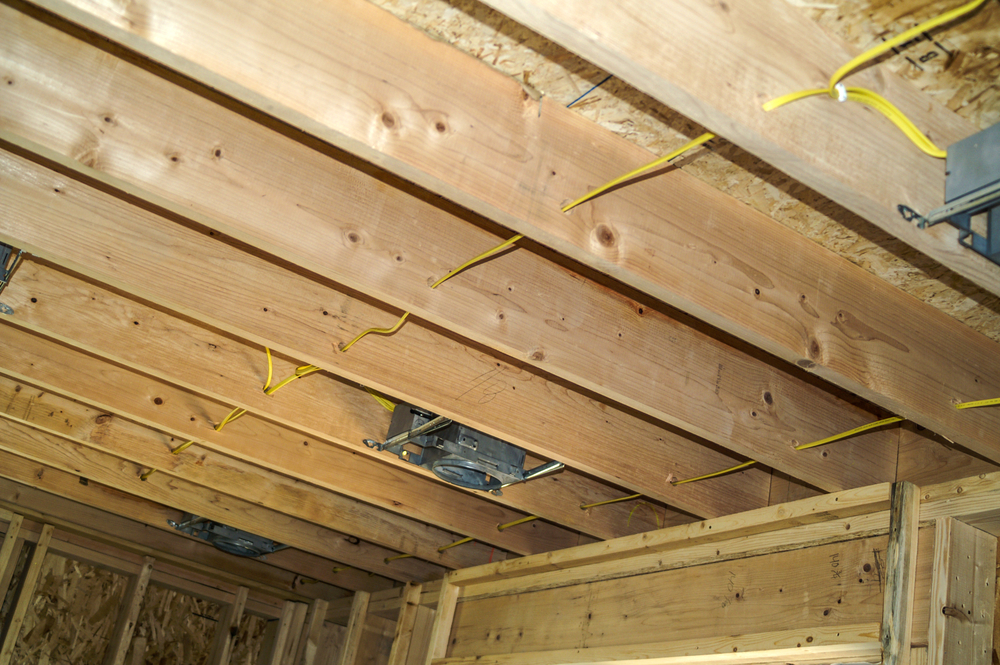
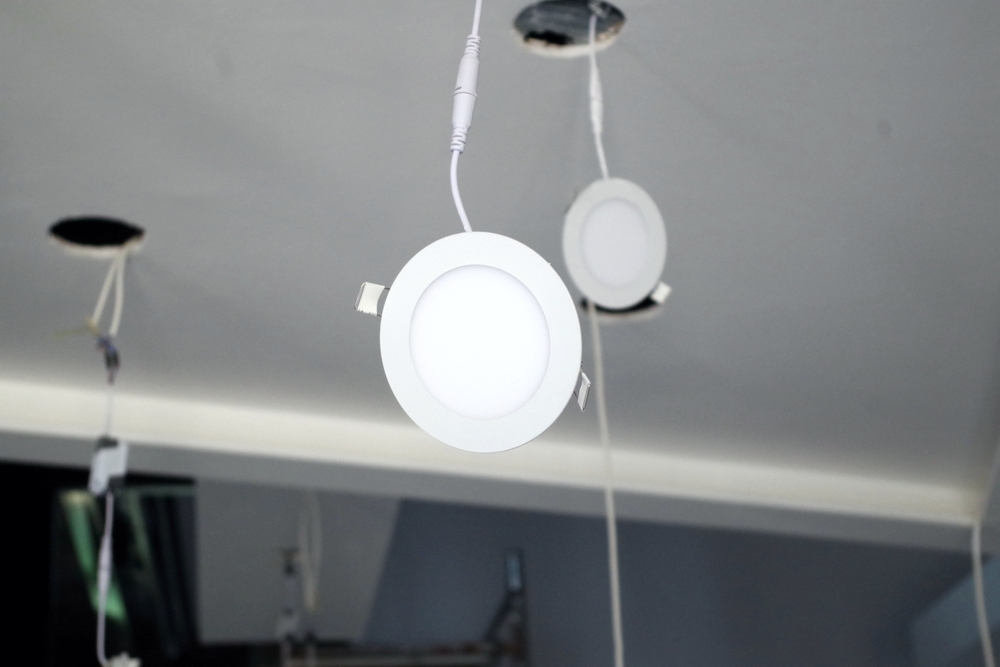
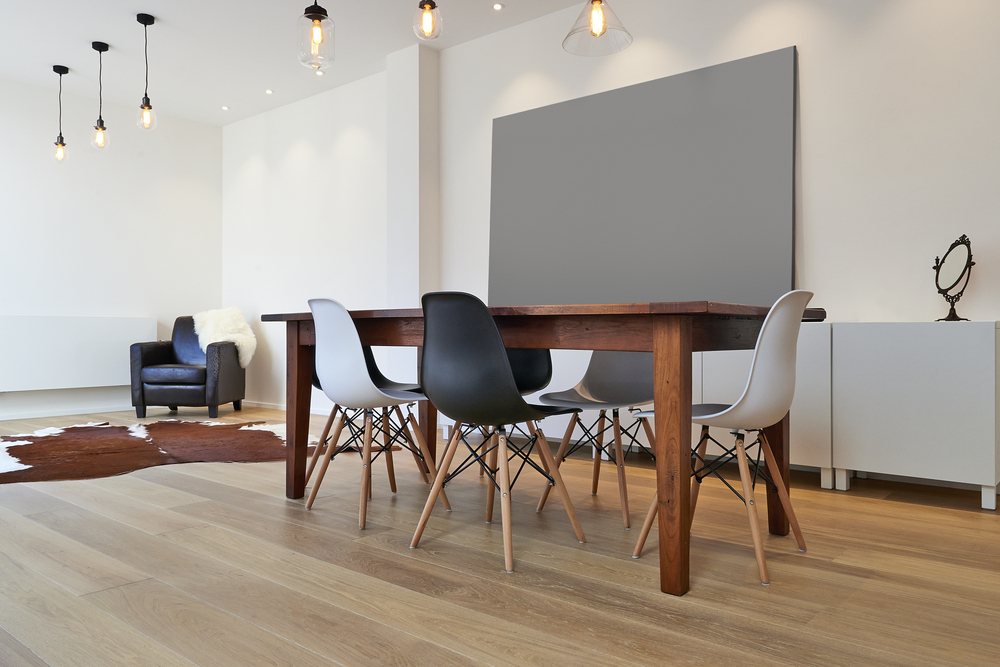
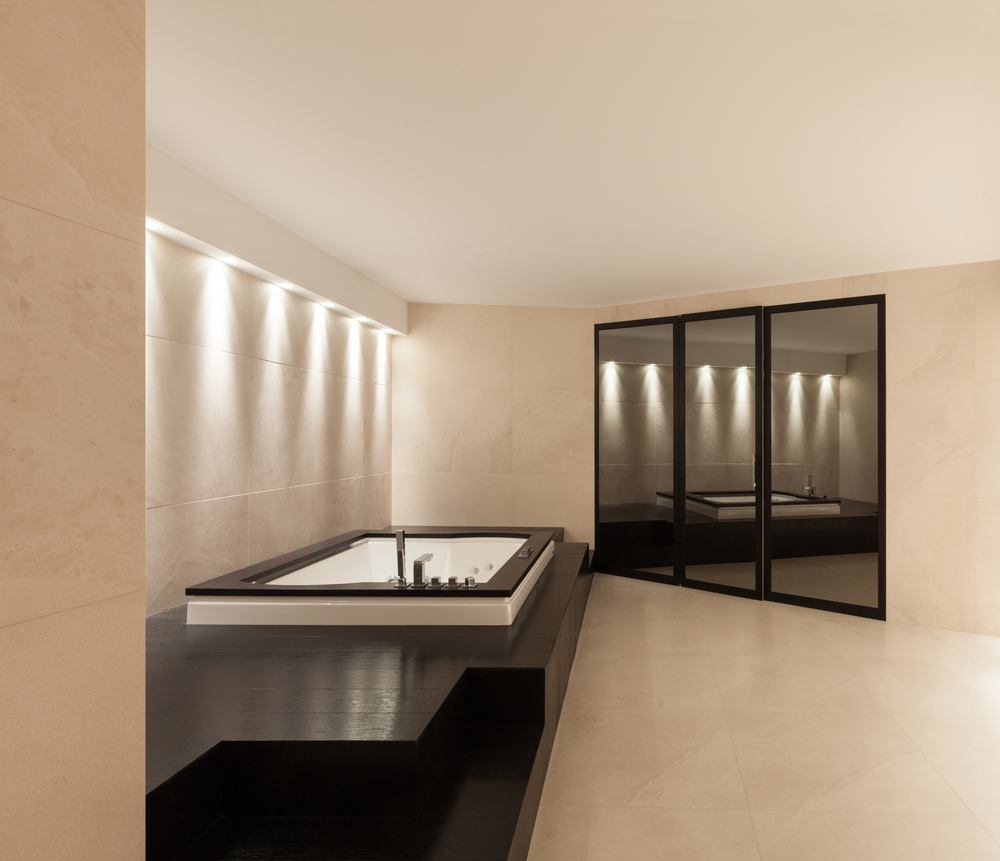
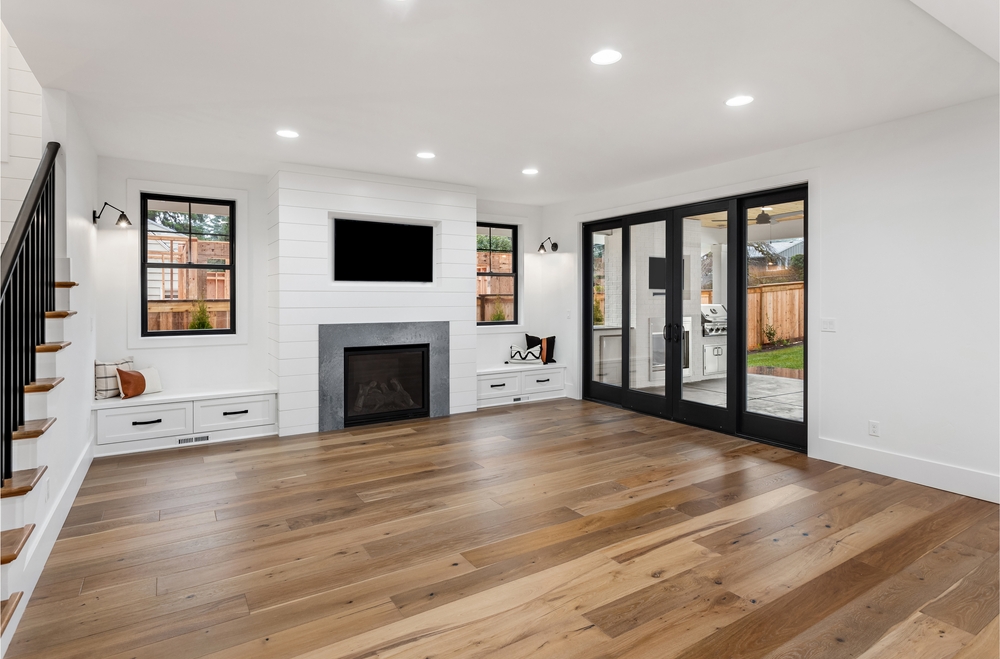
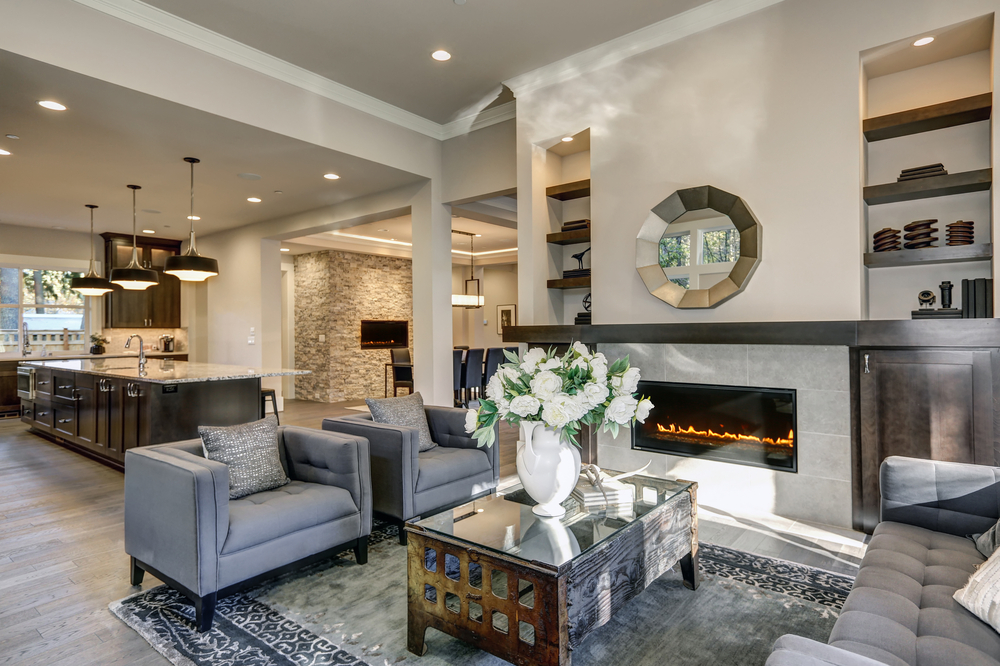
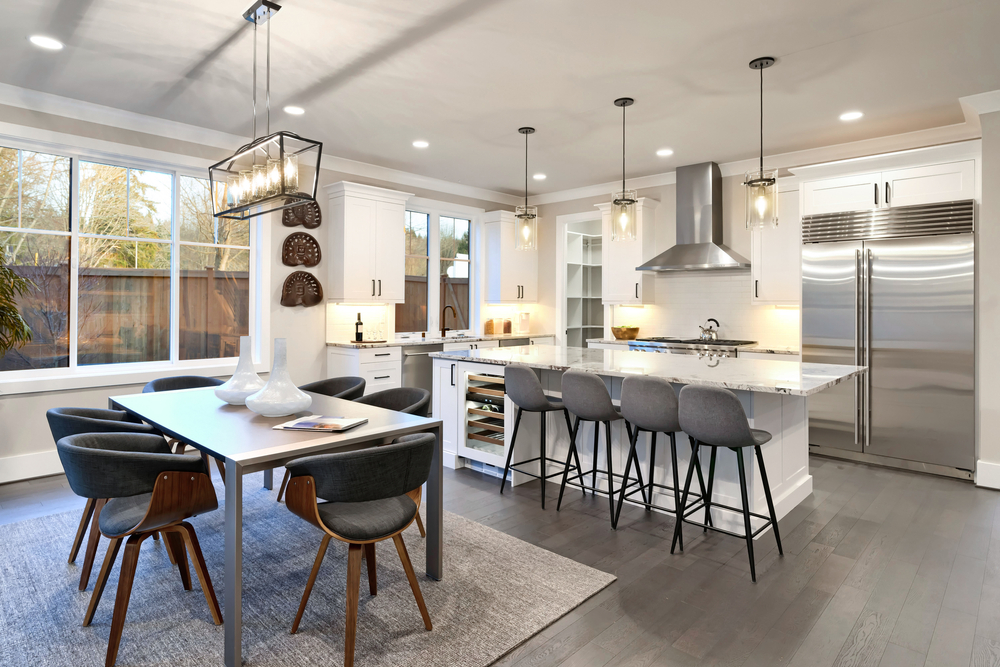

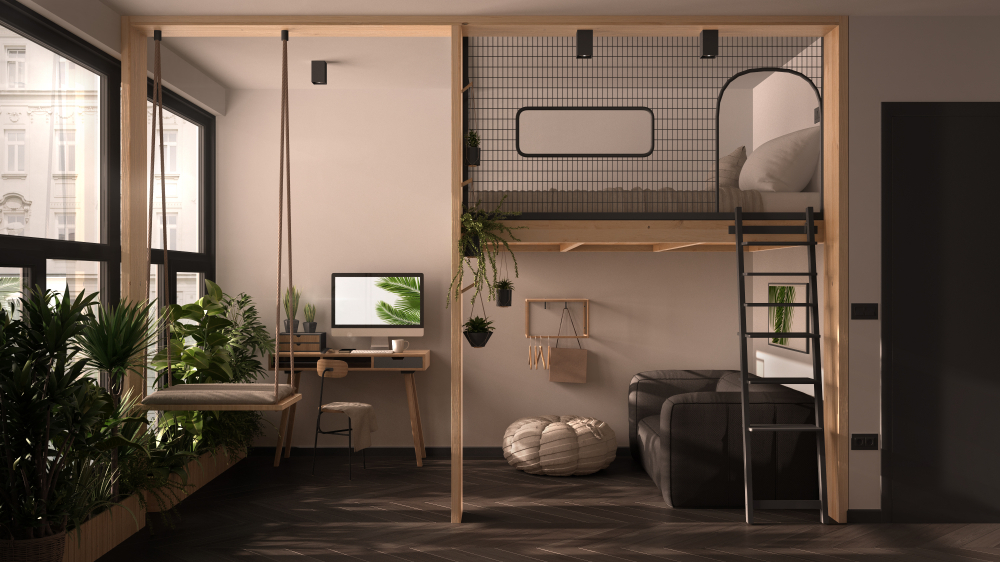
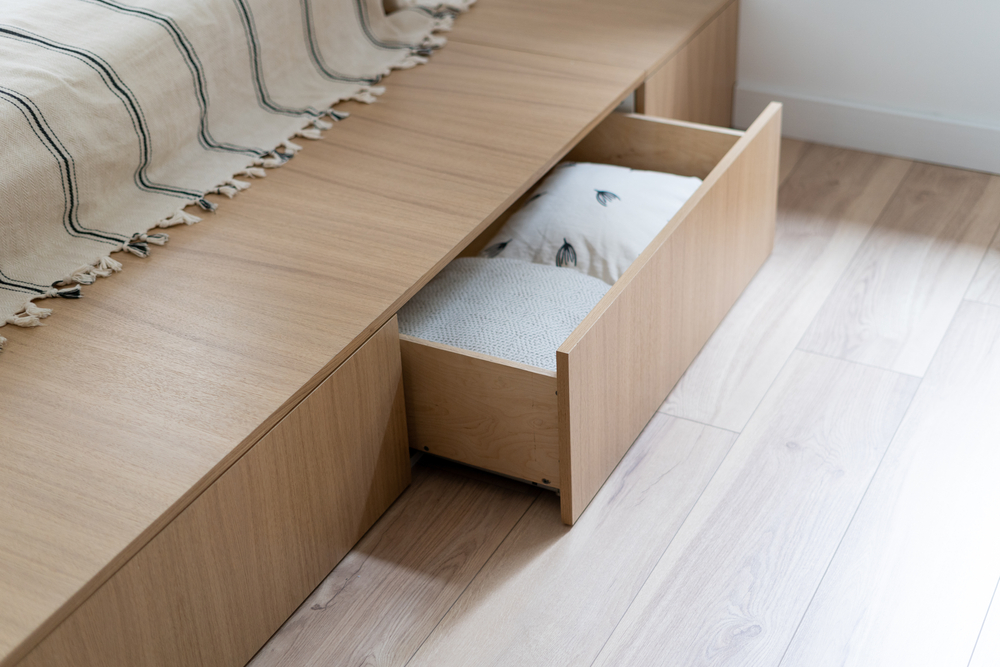
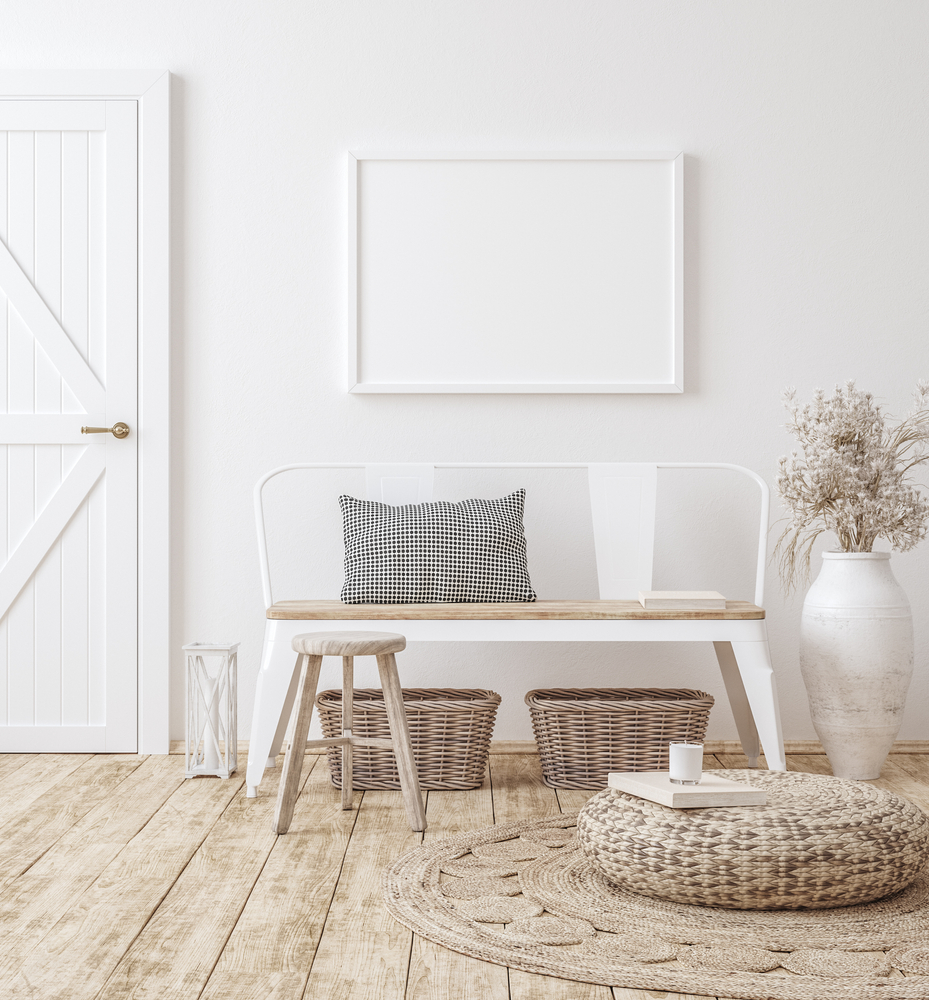
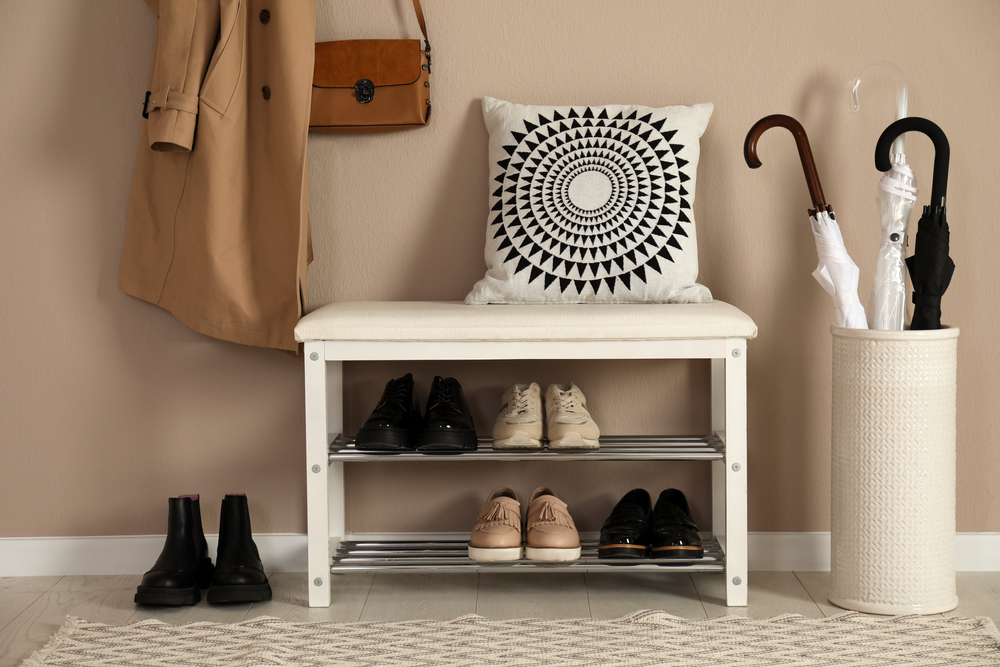
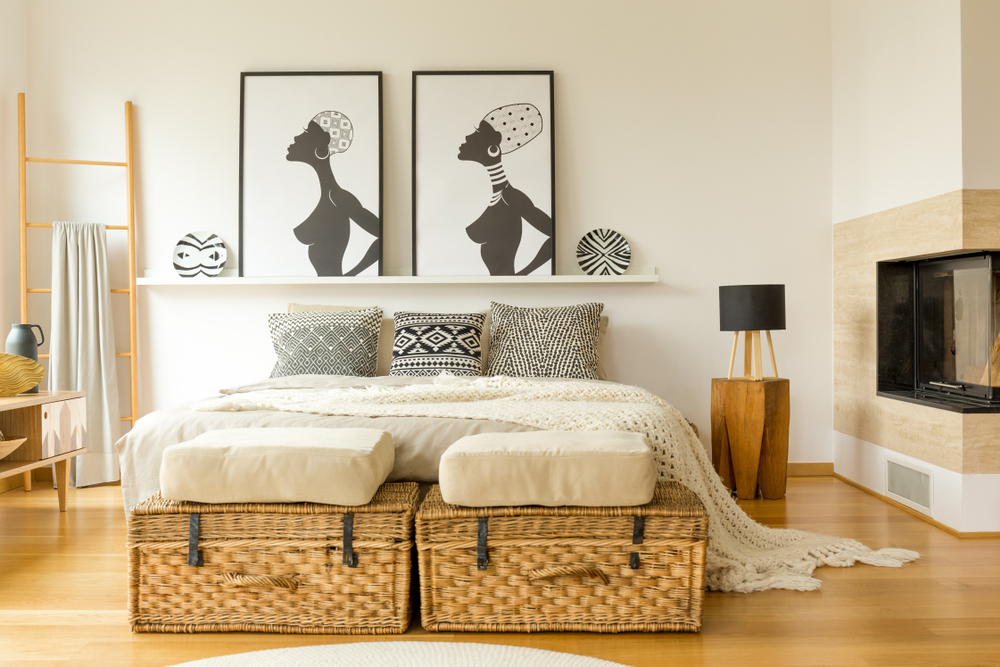
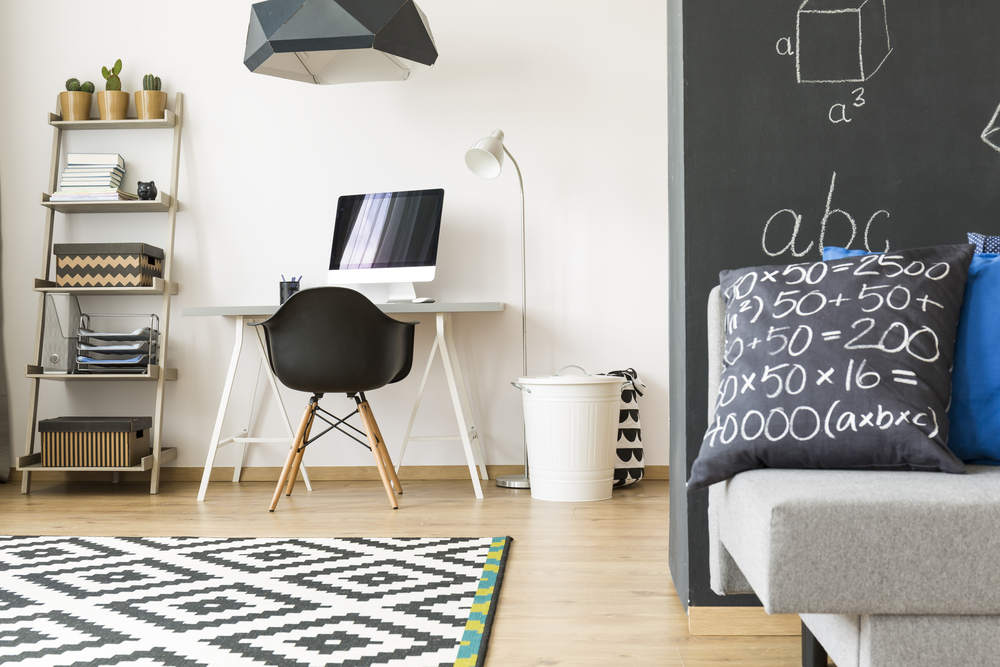
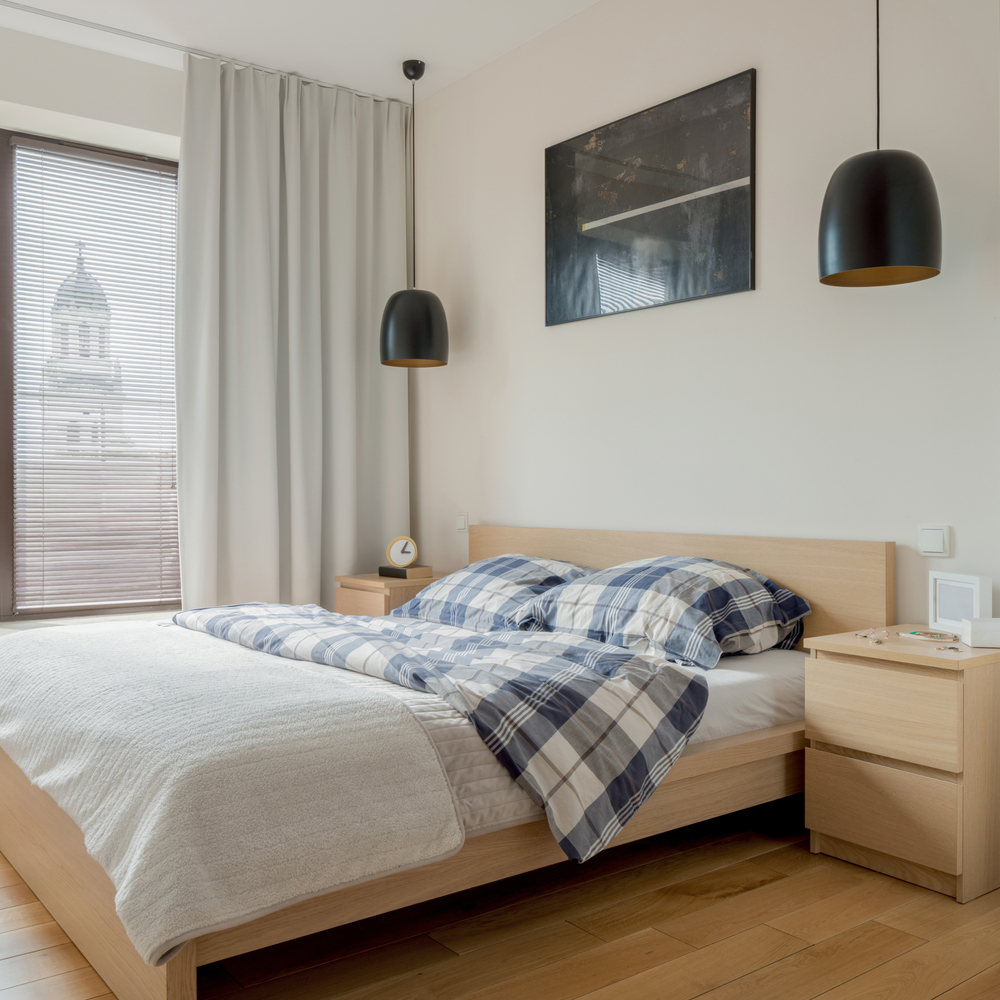
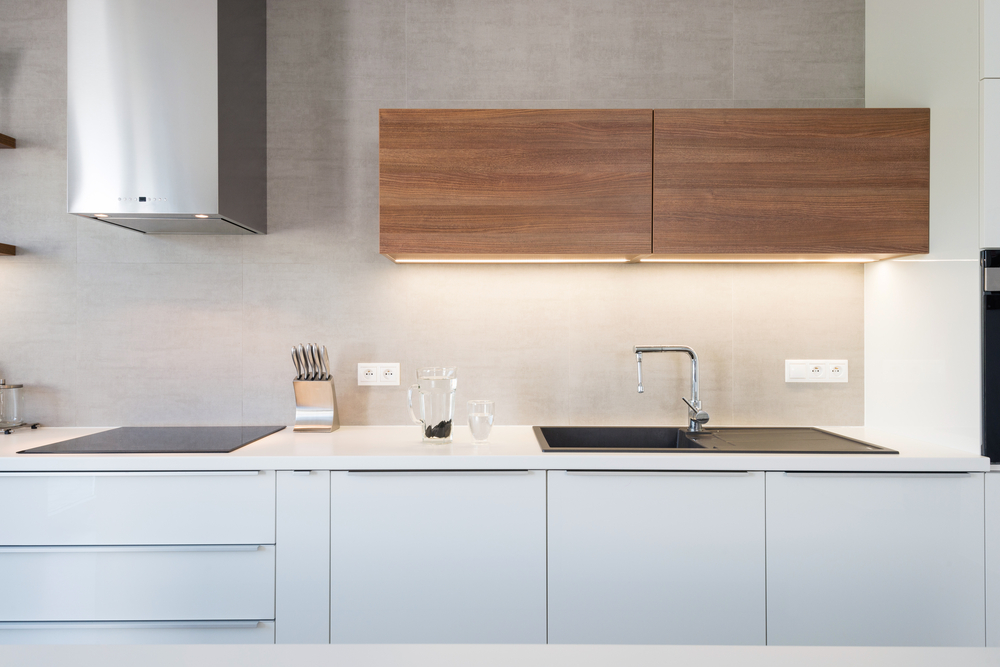
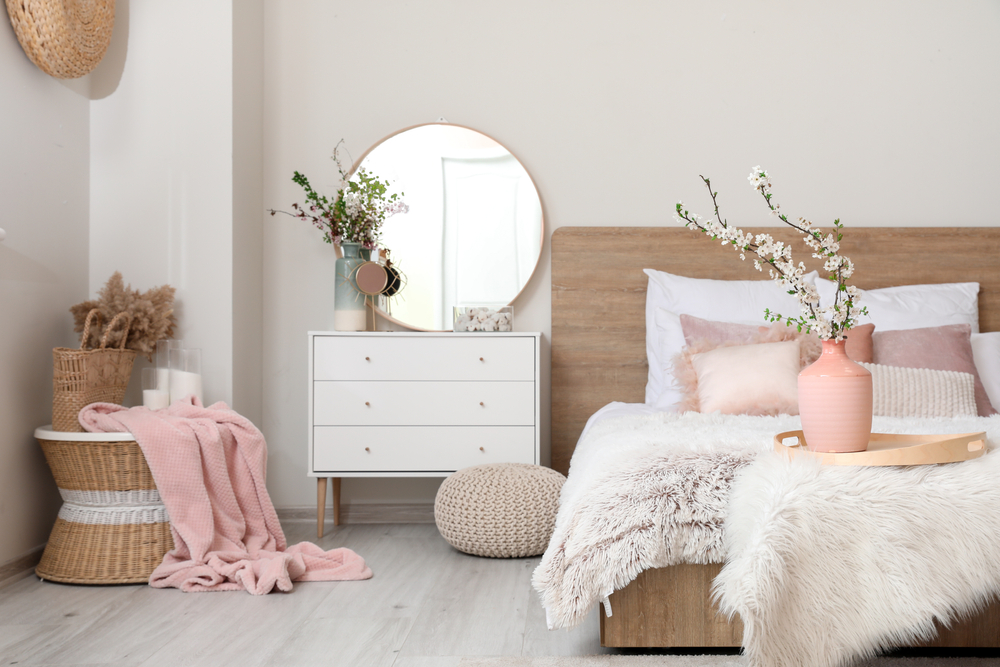
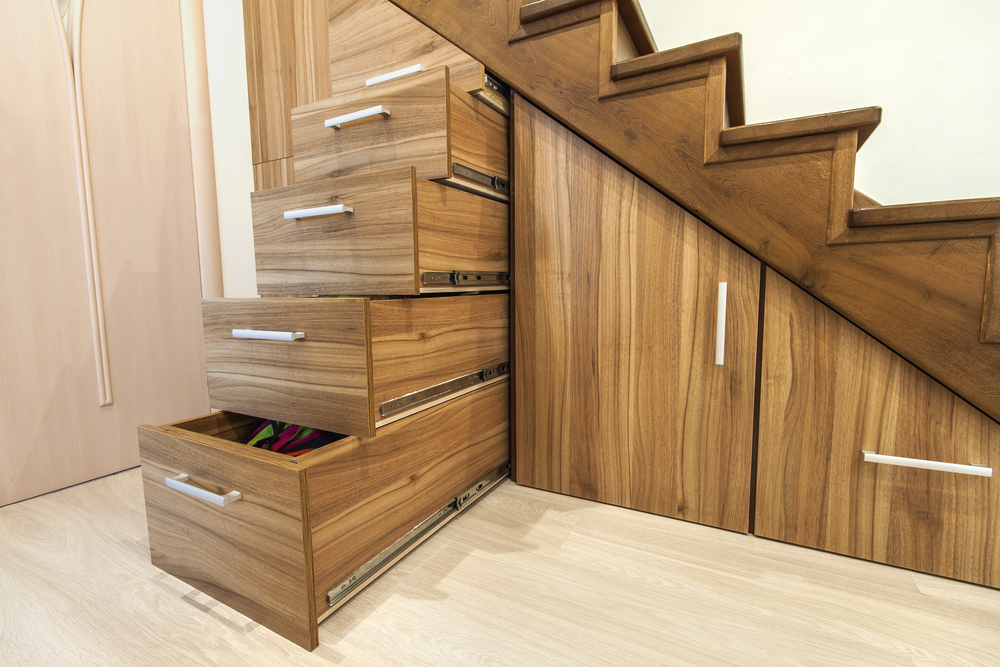
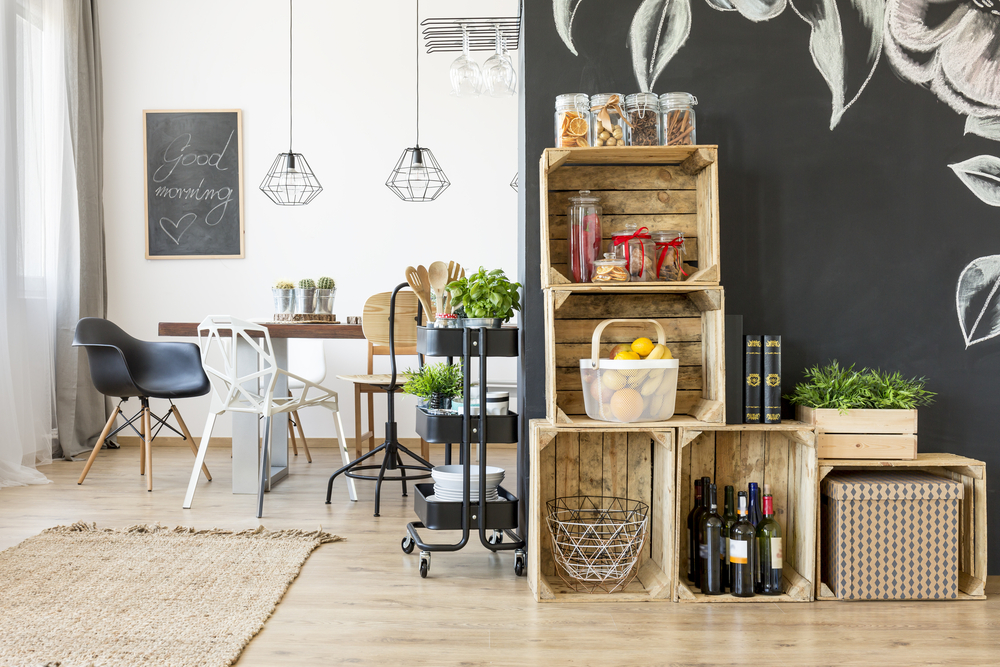
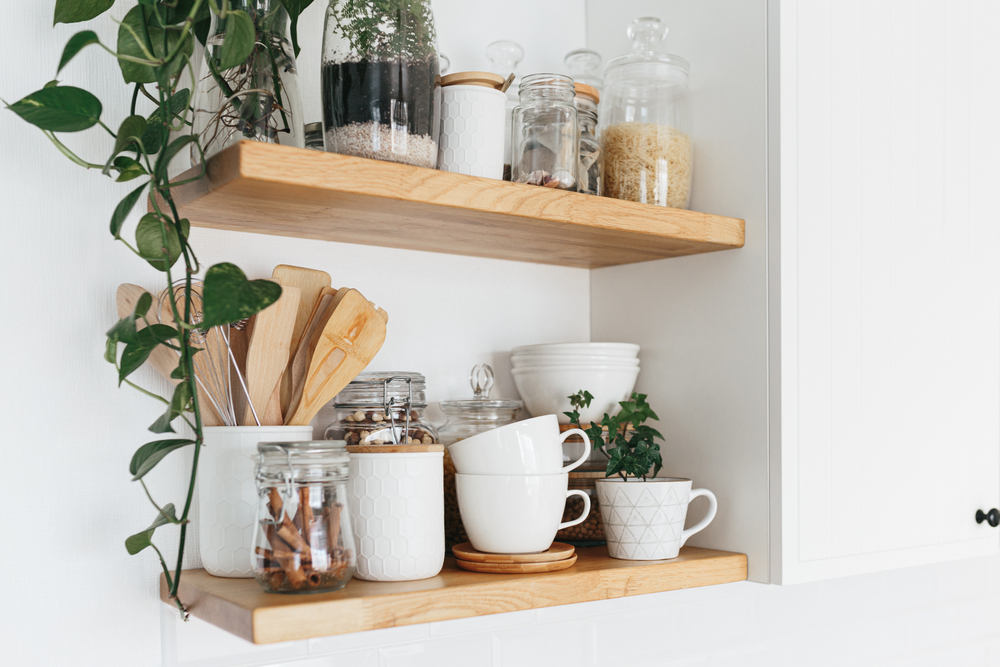
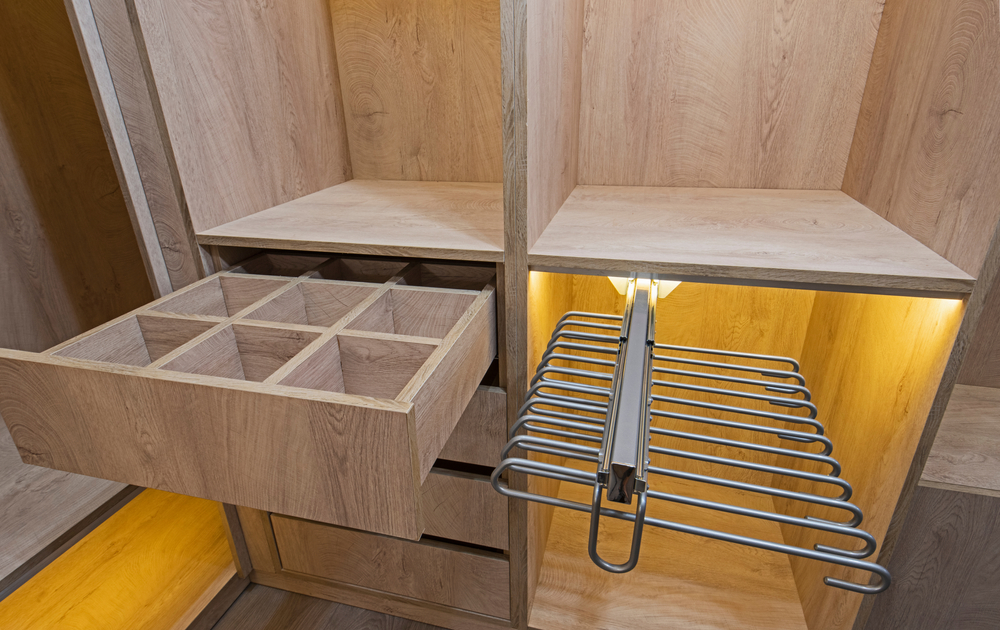
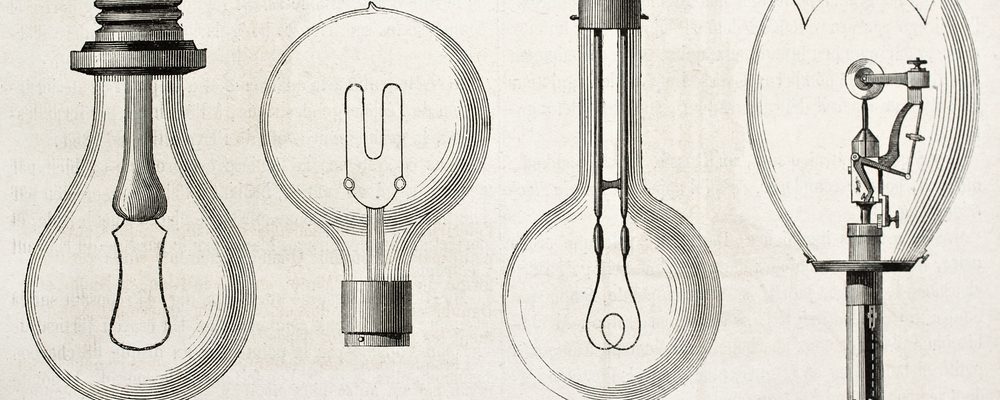
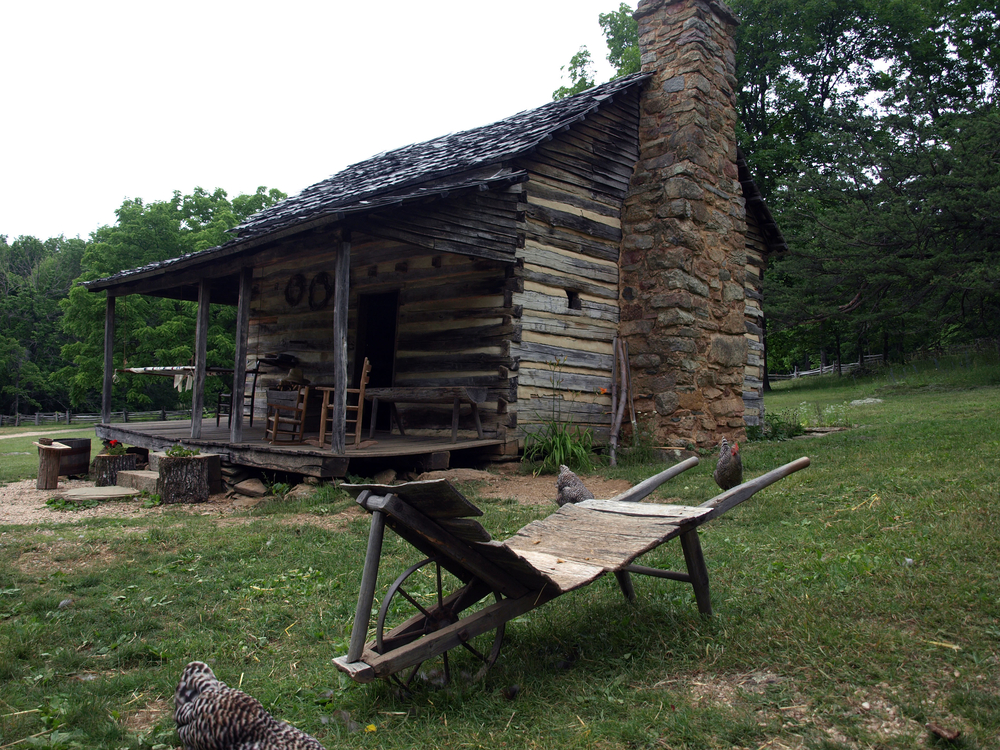
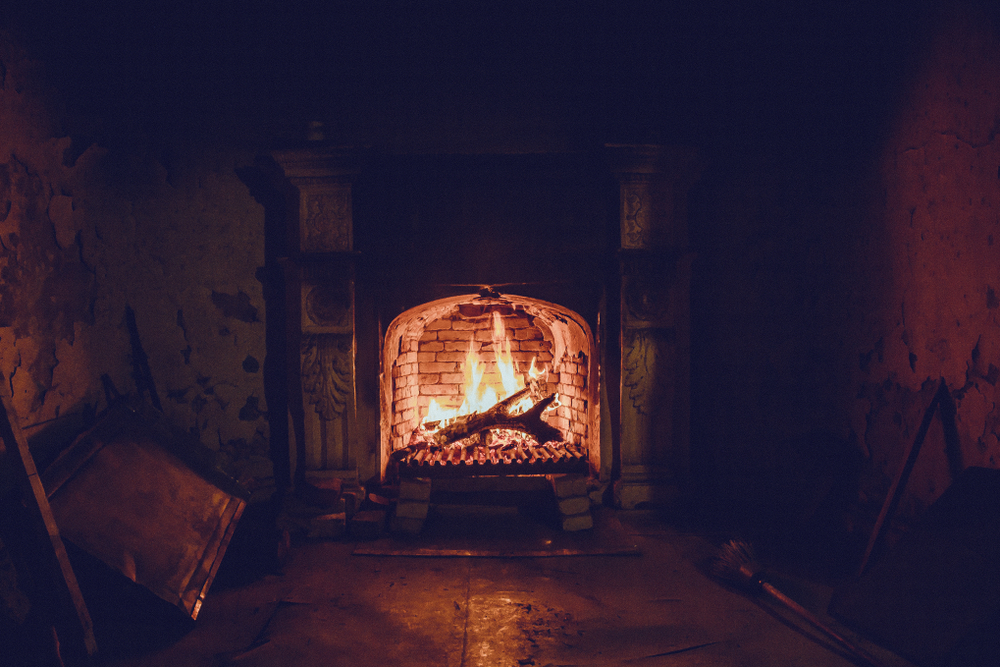
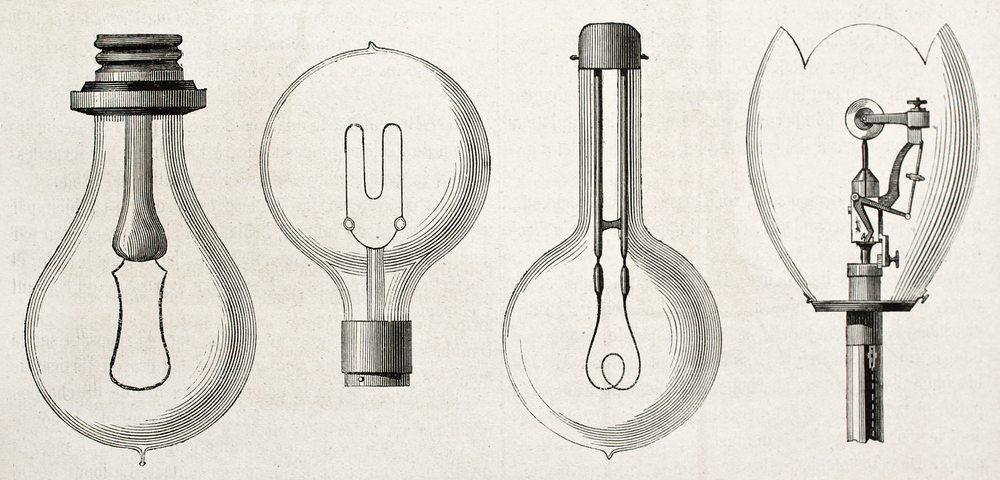
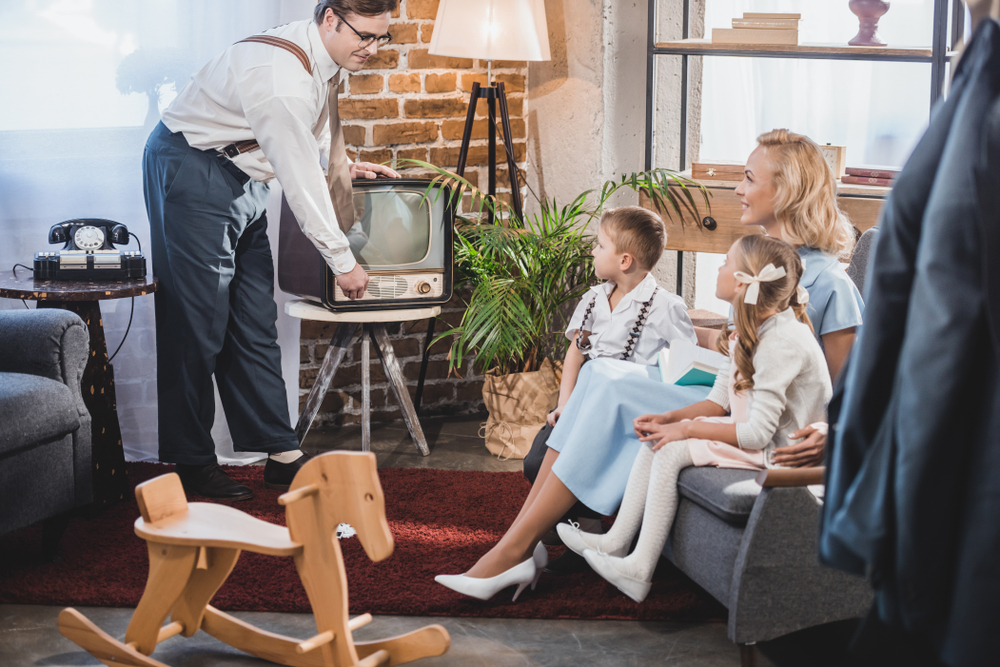

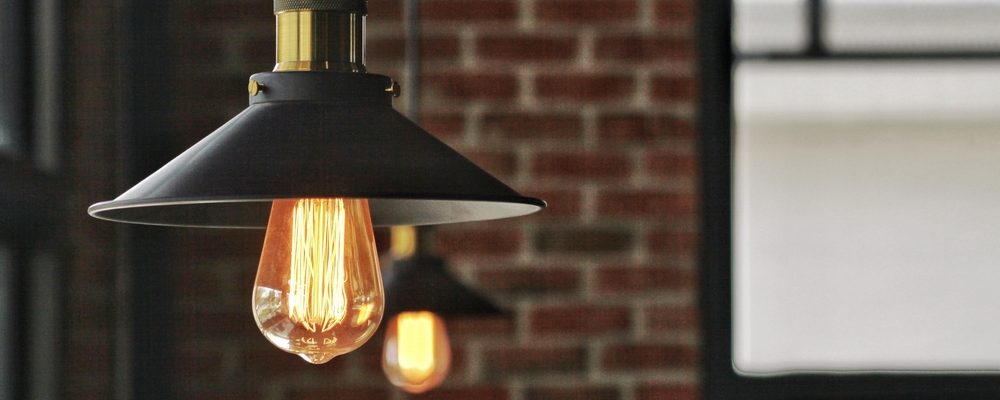

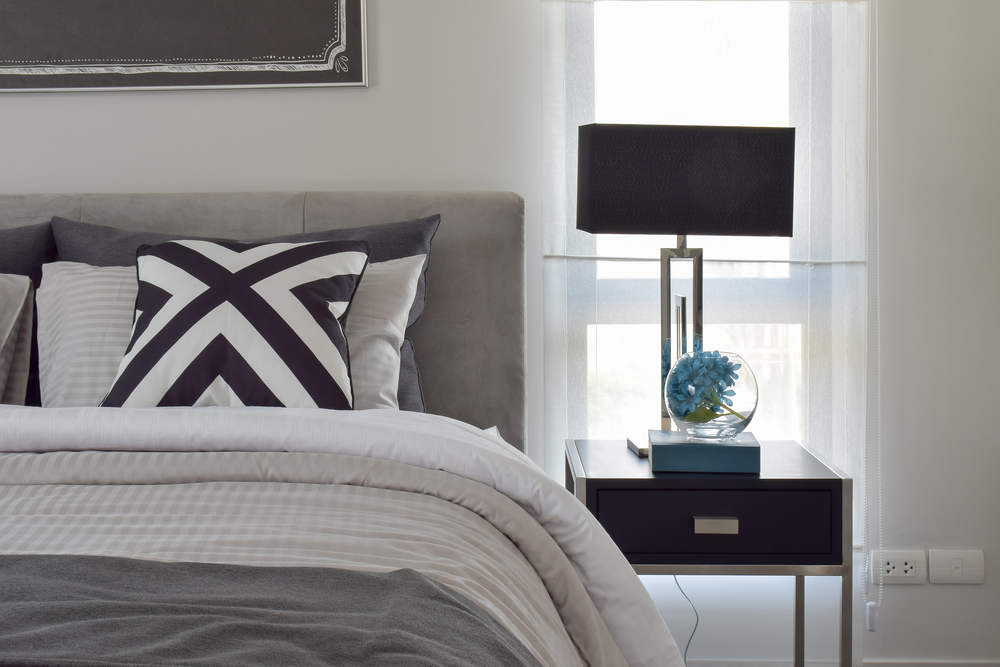
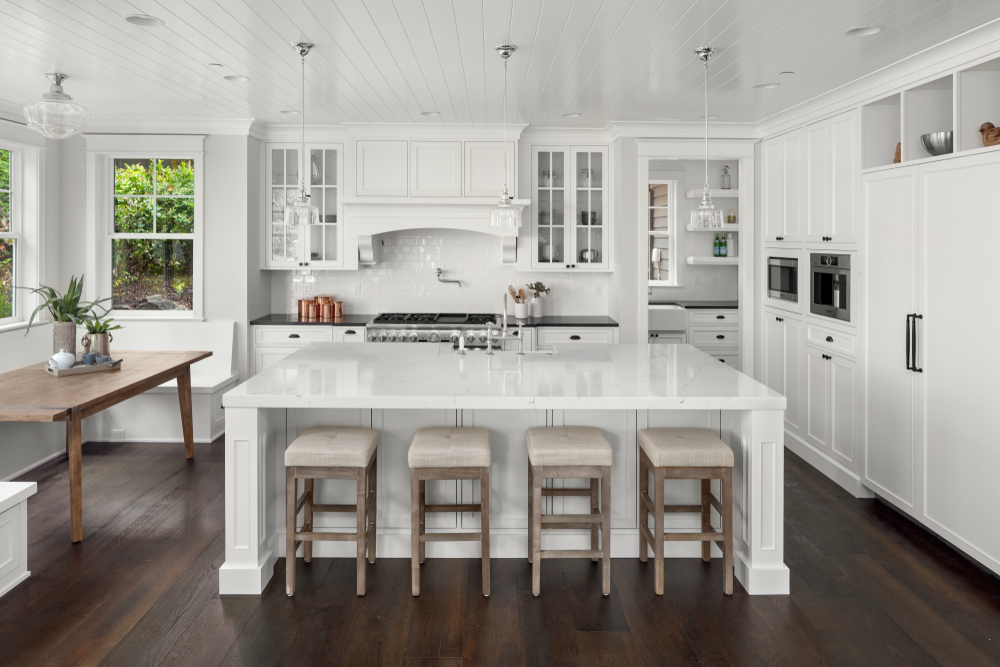
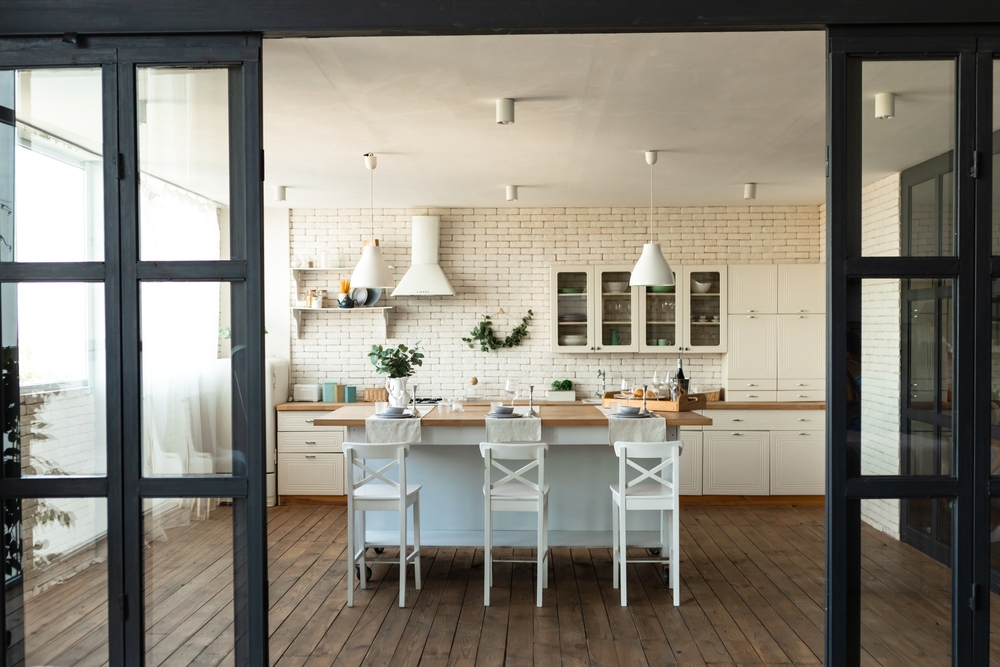
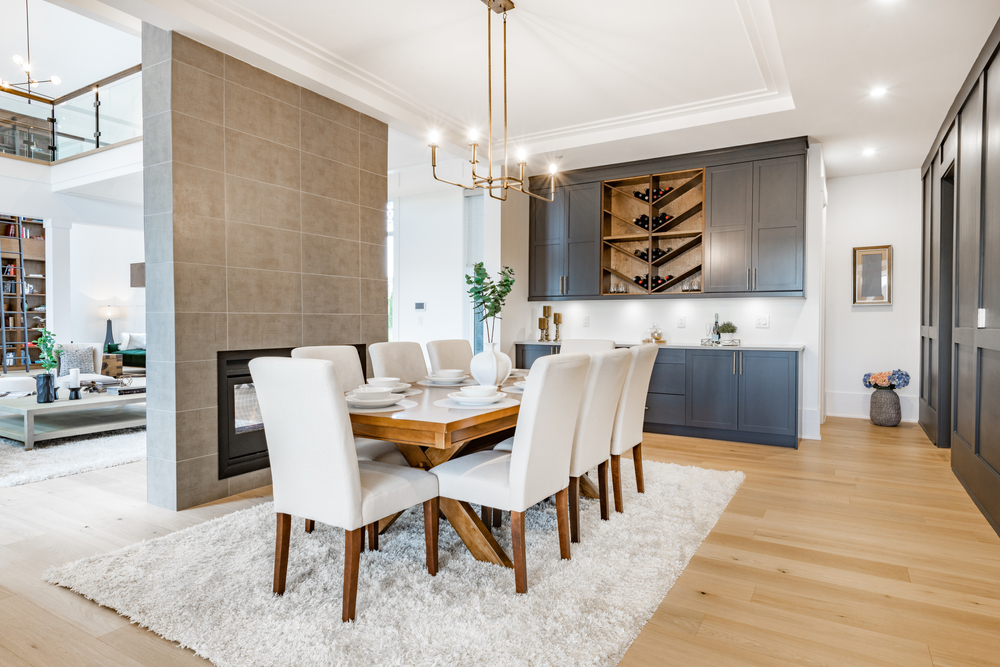
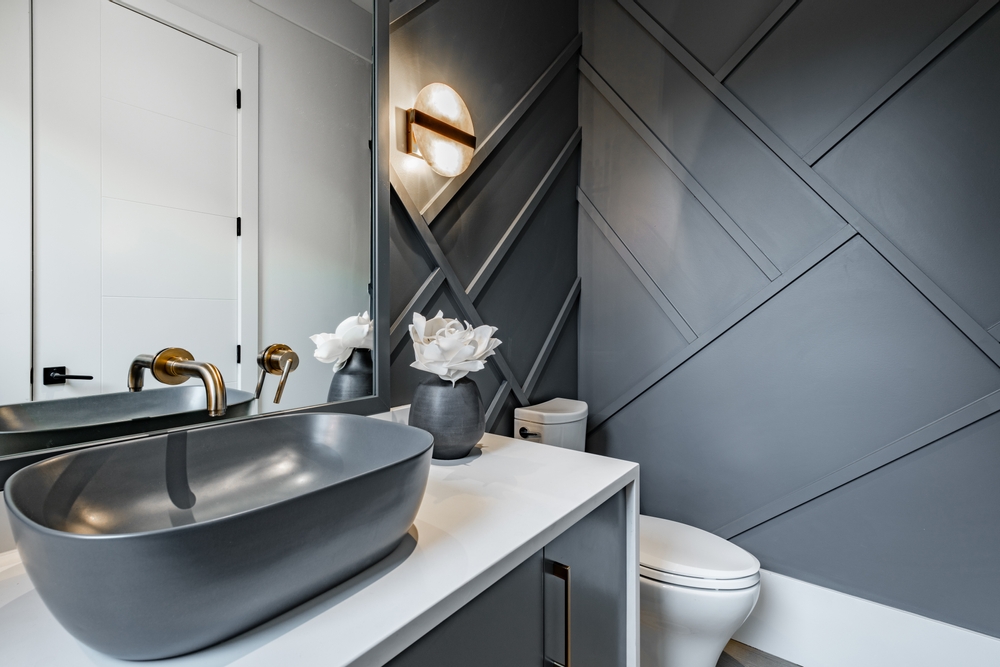
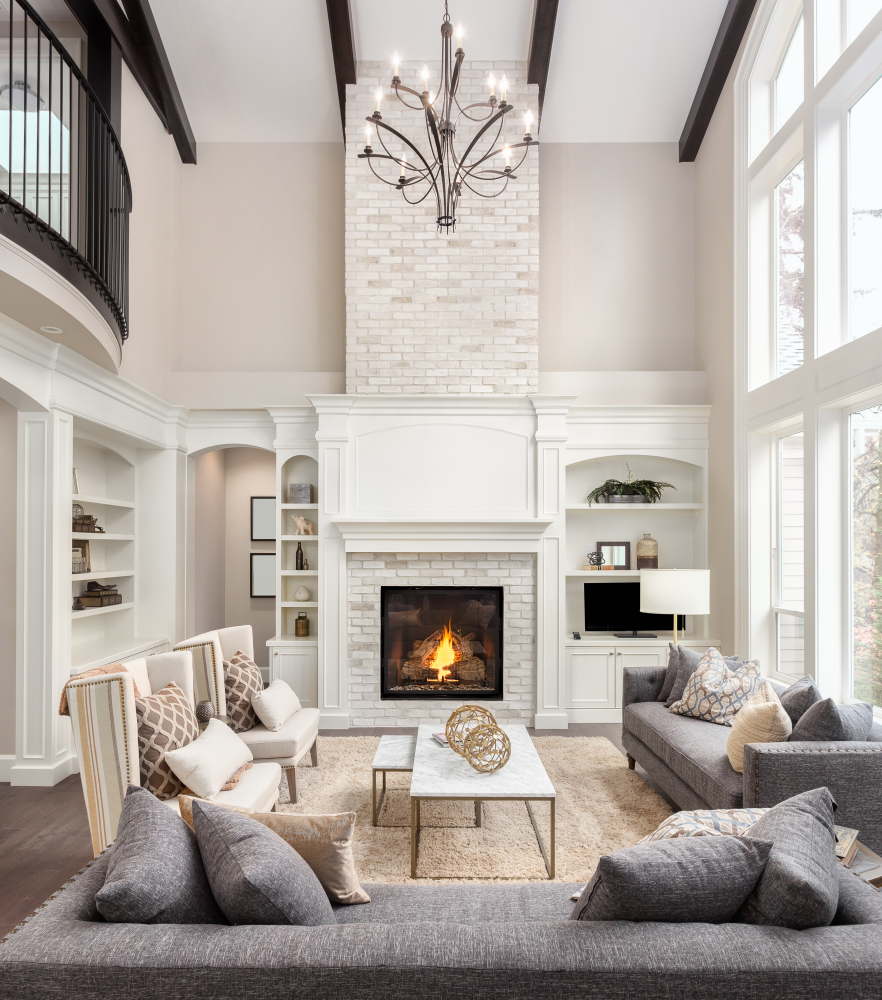
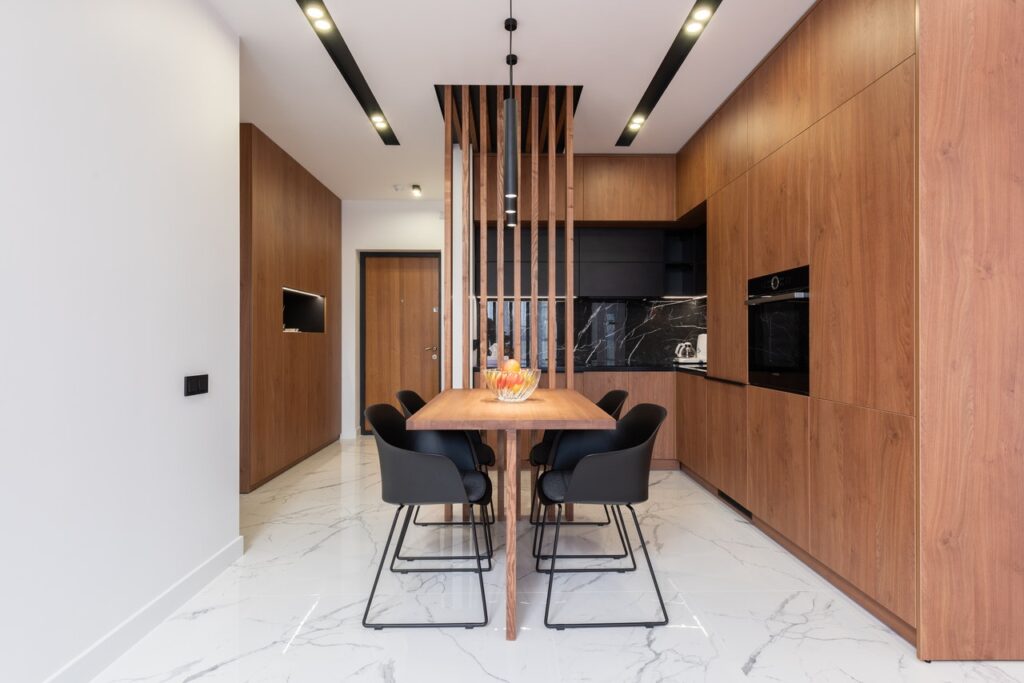

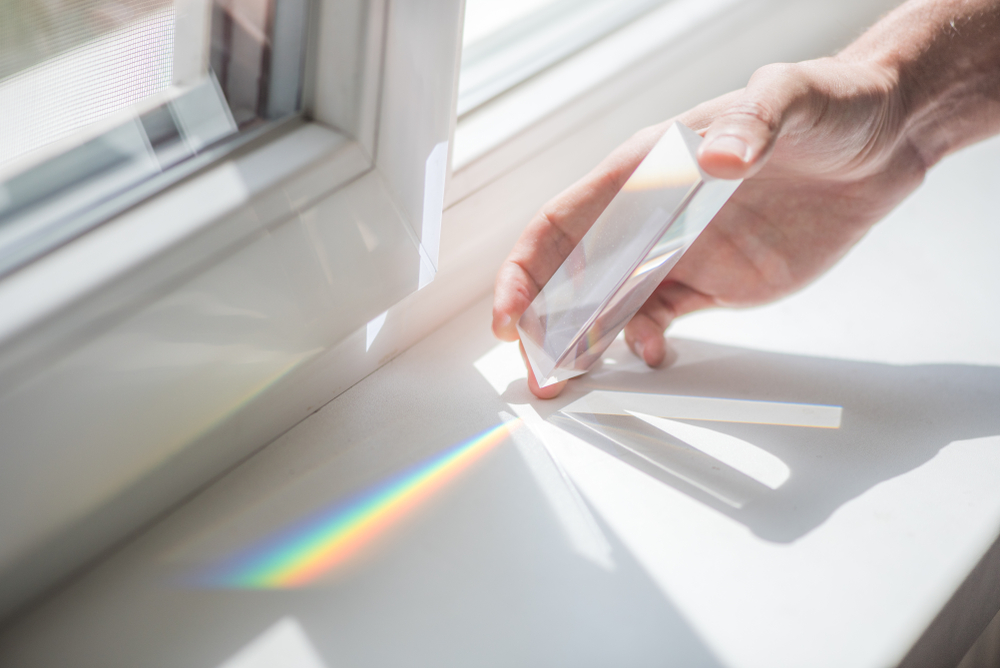 Blue light has high energy and its color temperature is
Blue light has high energy and its color temperature is 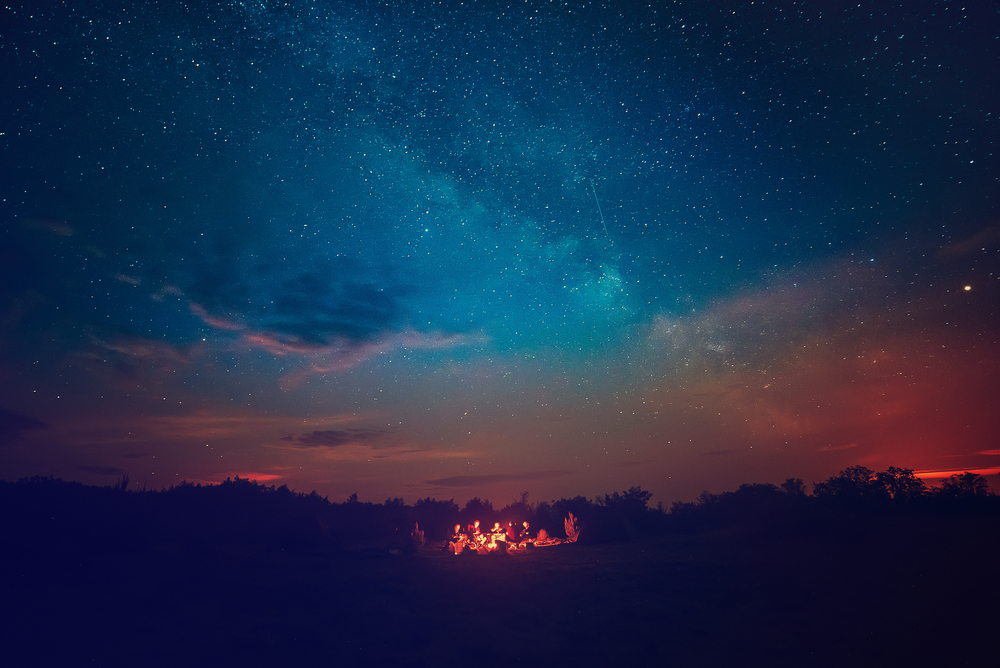 The human body runs according to a
The human body runs according to a  Good sleep is crucial to overall good health. Our bodies need that time to rest and restore each day. The brain uses sleep to
Good sleep is crucial to overall good health. Our bodies need that time to rest and restore each day. The brain uses sleep to  Have you ever noticed that many sit-down restaurants feel as if they are only half-lit? This isn’t done to save on the electricity bill, there’s a science behind it! Restaurateurs take advantage of both types of light to keep their business running smoothly. Warm, dimmed lighting in the dining areas naturally relaxes guests and encourages quiet. The kitchens are brightly lit with cool light to help everyone working there to be fully alert and productive while working at high speed.
You can do the same thing in your home once you know how it works. Warm, red light is
Have you ever noticed that many sit-down restaurants feel as if they are only half-lit? This isn’t done to save on the electricity bill, there’s a science behind it! Restaurateurs take advantage of both types of light to keep their business running smoothly. Warm, dimmed lighting in the dining areas naturally relaxes guests and encourages quiet. The kitchens are brightly lit with cool light to help everyone working there to be fully alert and productive while working at high speed.
You can do the same thing in your home once you know how it works. Warm, red light is 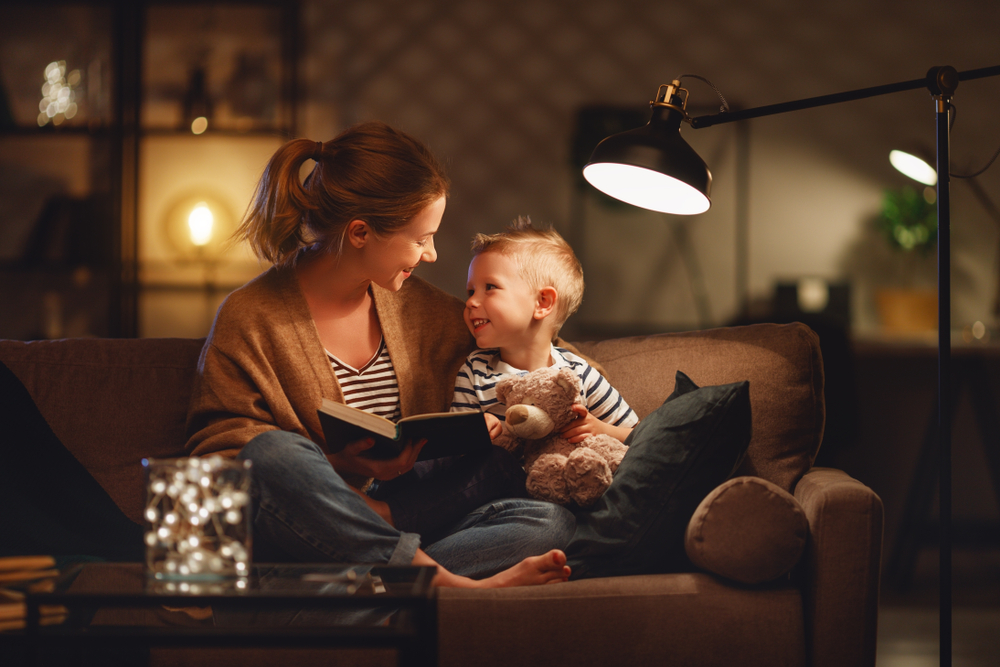 Older incandescent bulbs are a great source for warm light, but they’re being phased out in the lighting industry in favor of safer and more efficient alternatives. But that doesn’t mean you need to break out the candles just yet!
LED stands for “light-emitting diode”. Essentially they’re microchips that glow as electricity passes through them. This design not only makes them up to
Older incandescent bulbs are a great source for warm light, but they’re being phased out in the lighting industry in favor of safer and more efficient alternatives. But that doesn’t mean you need to break out the candles just yet!
LED stands for “light-emitting diode”. Essentially they’re microchips that glow as electricity passes through them. This design not only makes them up to  When you’re planning where you want to introduce warm light in your home, think about the main uses for each space. One method is to designate each space in your home as an active or rest area.
Active areas are places where you’re working. Blue light promotes focus and alertness, so it’s great to have in places like the kitchen, homework stations, home office, and garage.
Rest areas are places where you want to relax and feel comfortable. They’re often gathering places like the living room or dining room, or night-time areas like hallways and bedrooms.
Some rooms will have a combination of uses, so you’ll want to use a combination of light types! Bathrooms could use a mix, as blue light is great for a makeup table but warm light is more relaxing for a soak in the tub. Large great rooms might have seating and dining spaces that are rest areas, and study desk and food prep spaces that are active areas. Play around with lamps, dimmers, and smart bulbs to get the right balance for the way you use your home.
When you’re planning where you want to introduce warm light in your home, think about the main uses for each space. One method is to designate each space in your home as an active or rest area.
Active areas are places where you’re working. Blue light promotes focus and alertness, so it’s great to have in places like the kitchen, homework stations, home office, and garage.
Rest areas are places where you want to relax and feel comfortable. They’re often gathering places like the living room or dining room, or night-time areas like hallways and bedrooms.
Some rooms will have a combination of uses, so you’ll want to use a combination of light types! Bathrooms could use a mix, as blue light is great for a makeup table but warm light is more relaxing for a soak in the tub. Large great rooms might have seating and dining spaces that are rest areas, and study desk and food prep spaces that are active areas. Play around with lamps, dimmers, and smart bulbs to get the right balance for the way you use your home.
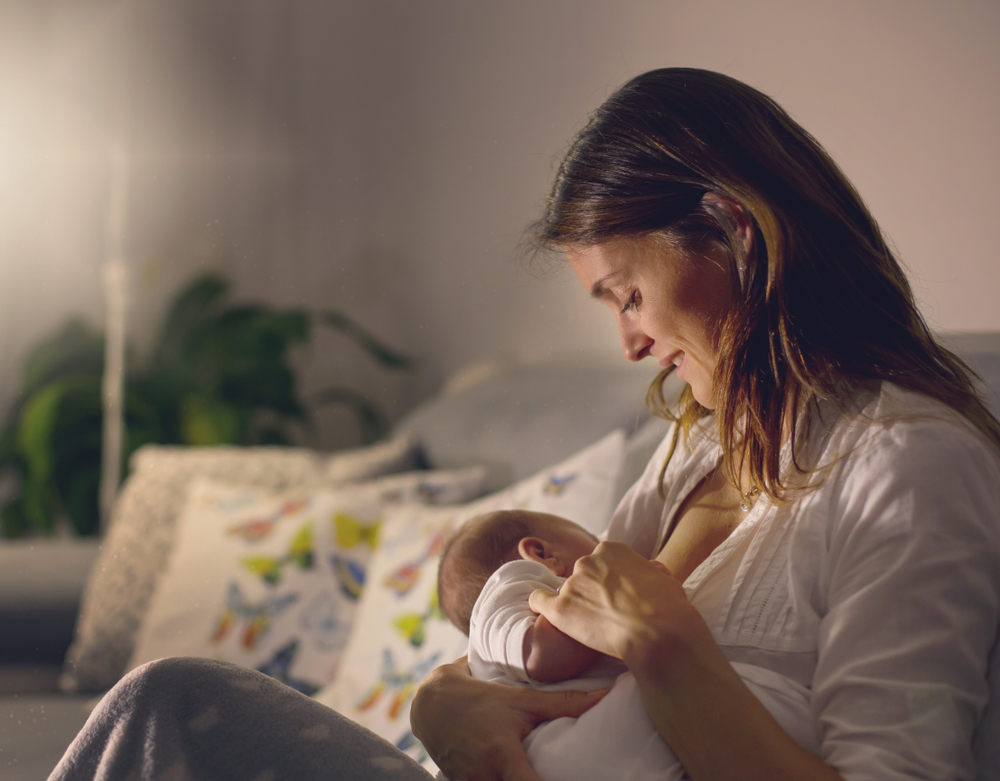 This world feels chaotic at times, and finding balance can feel daunting. We can’t help much with office politics or your crazy neighbors, but when it comes to lighting we know a thing or two about helping you find just the right light for your home. If you’re ready to start creating a balanced home with warm light,
This world feels chaotic at times, and finding balance can feel daunting. We can’t help much with office politics or your crazy neighbors, but when it comes to lighting we know a thing or two about helping you find just the right light for your home. If you’re ready to start creating a balanced home with warm light, 